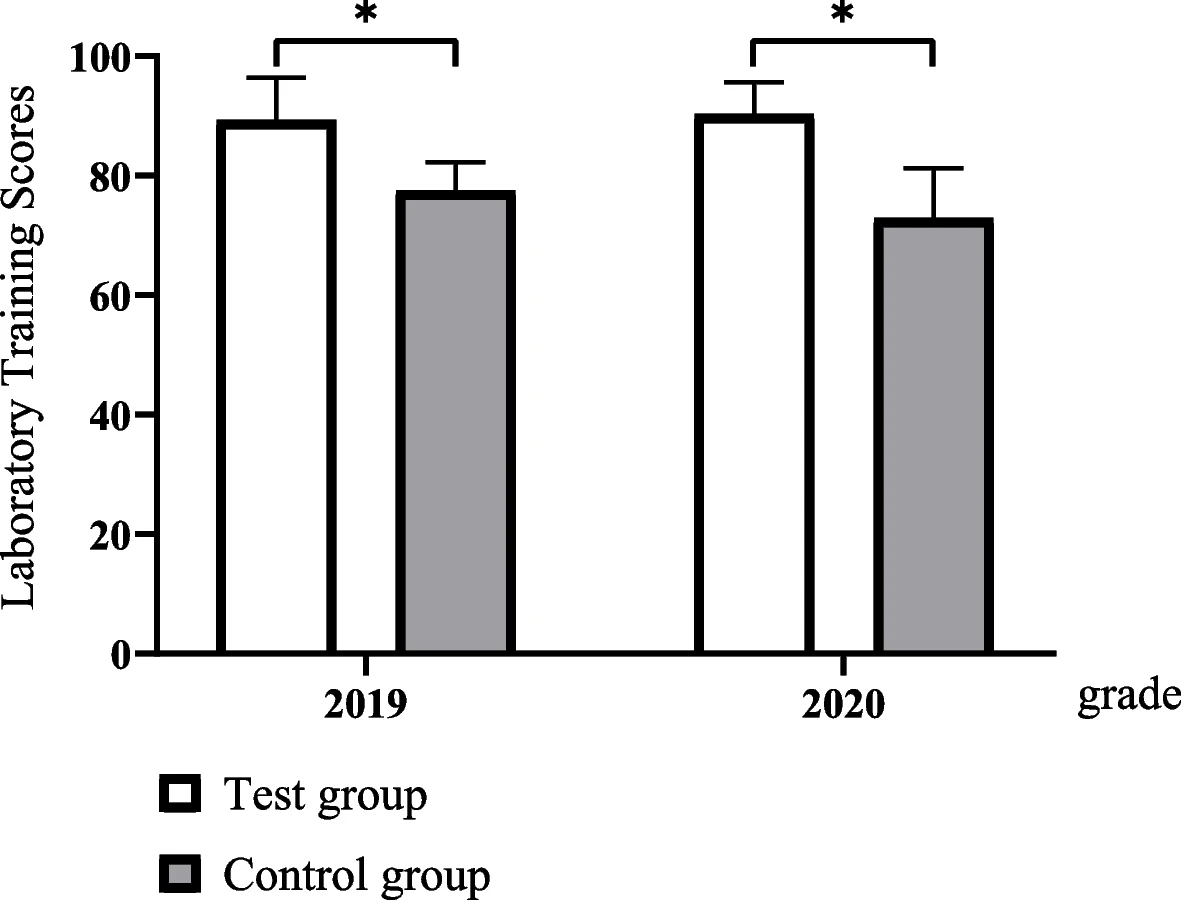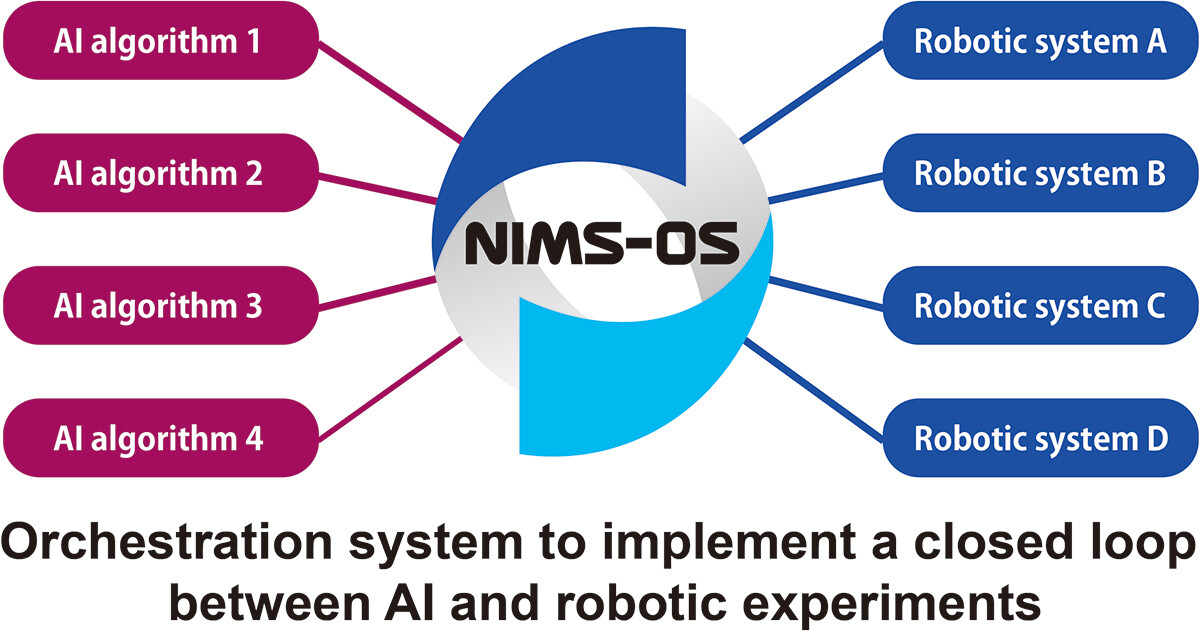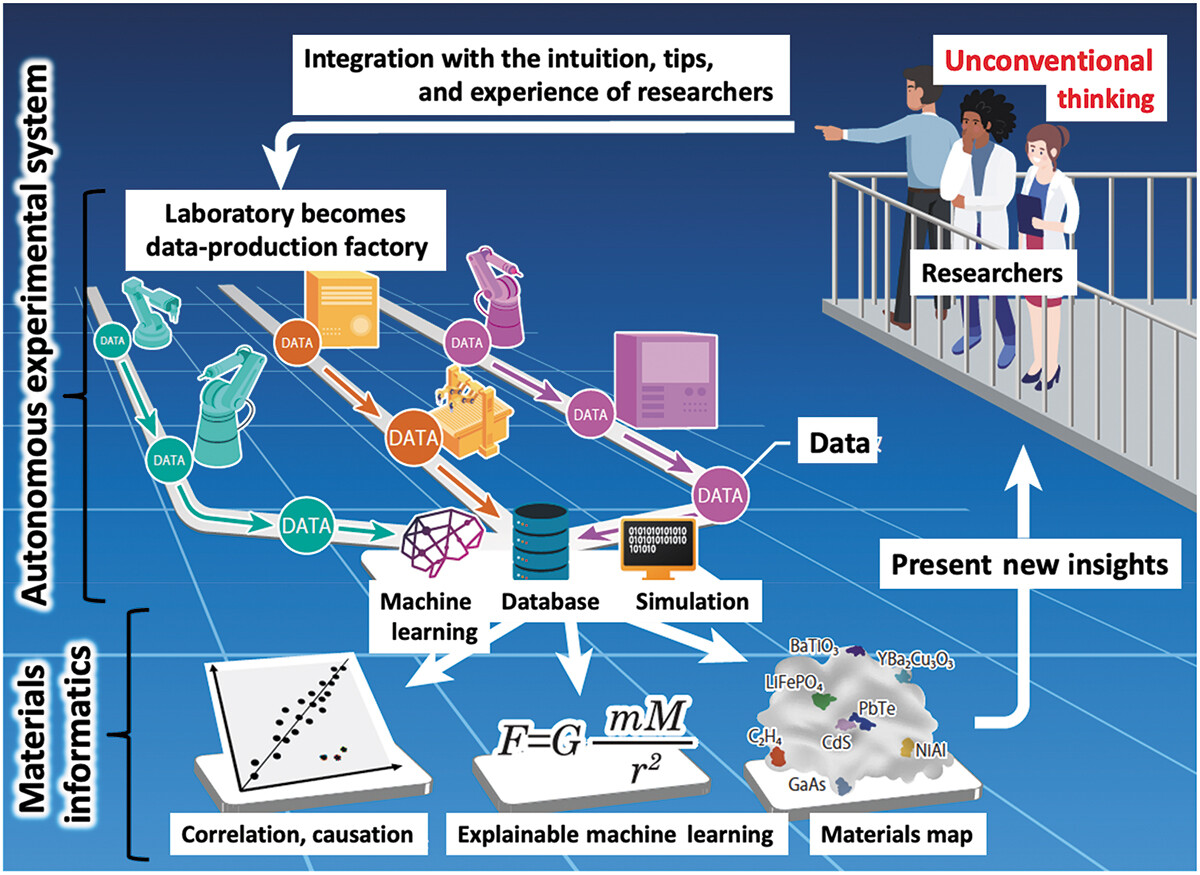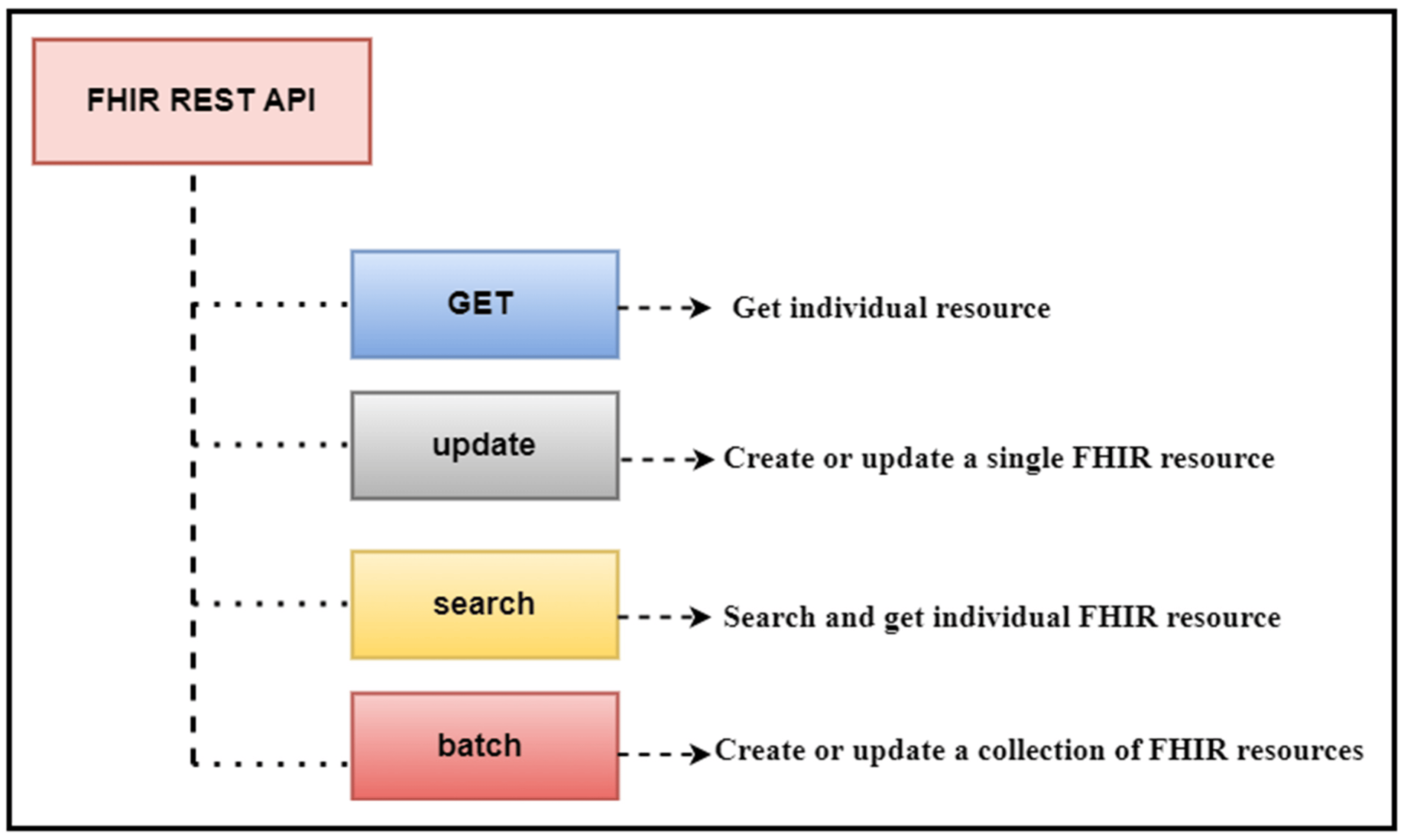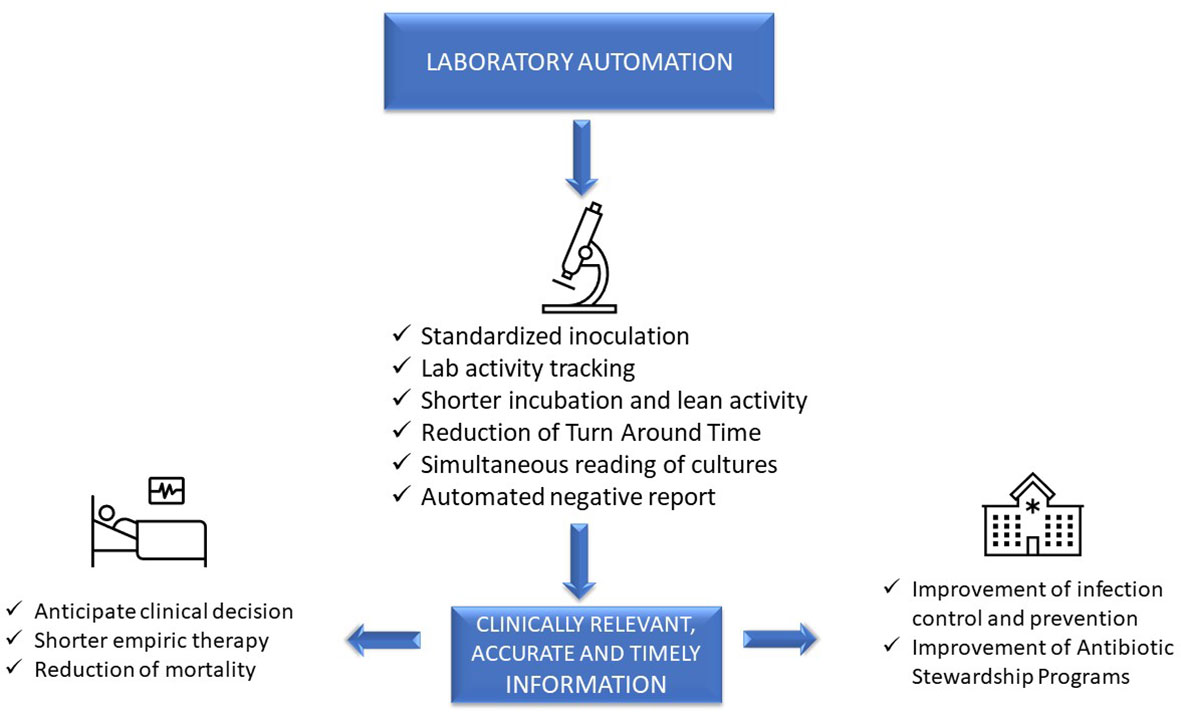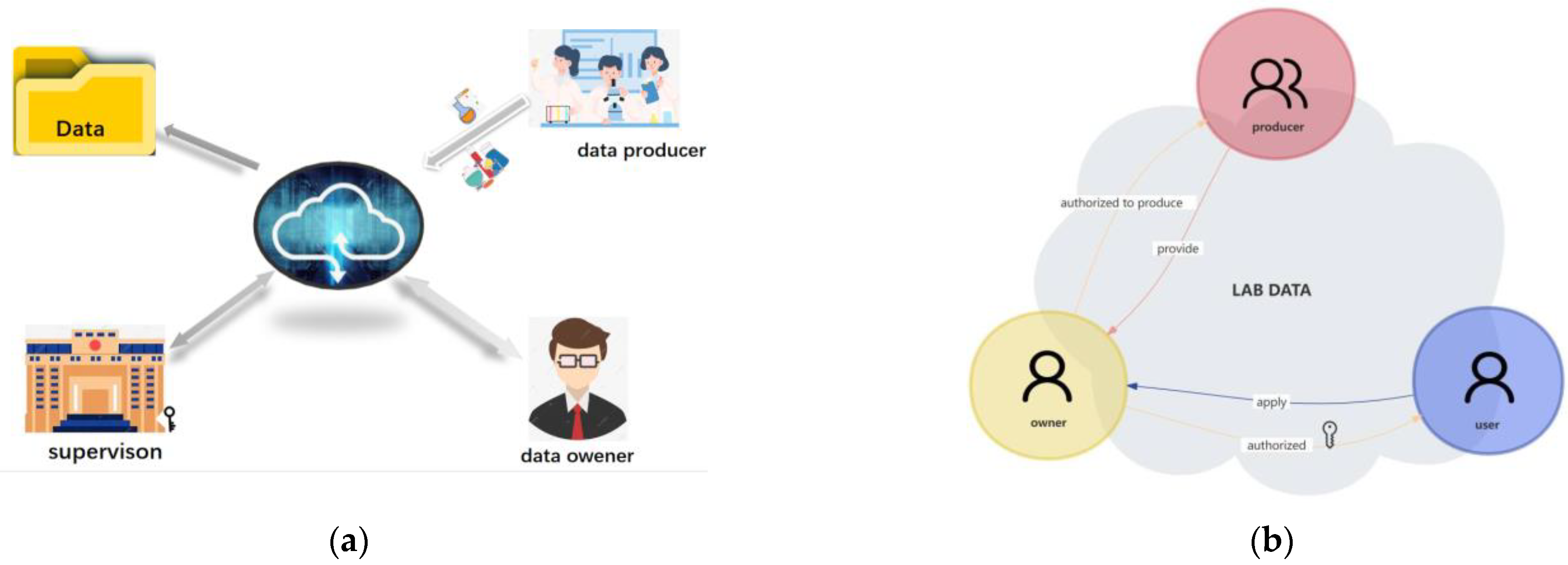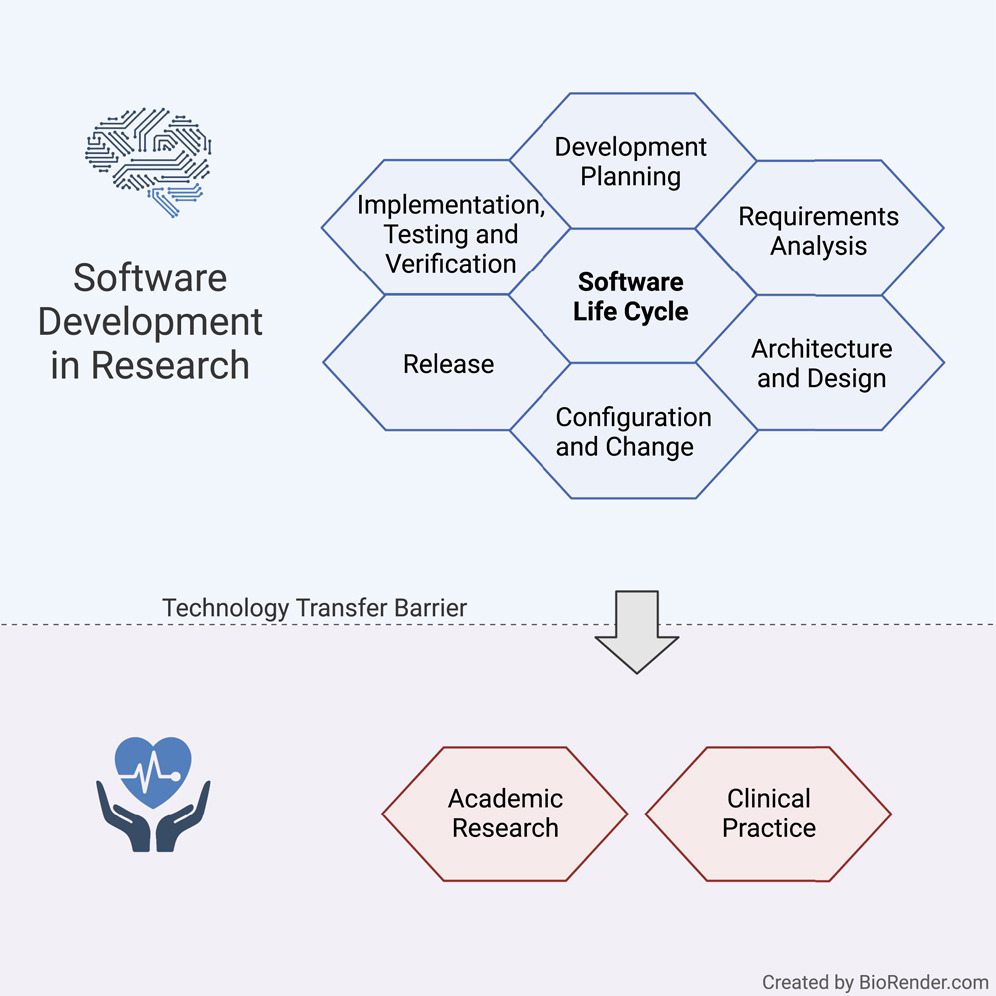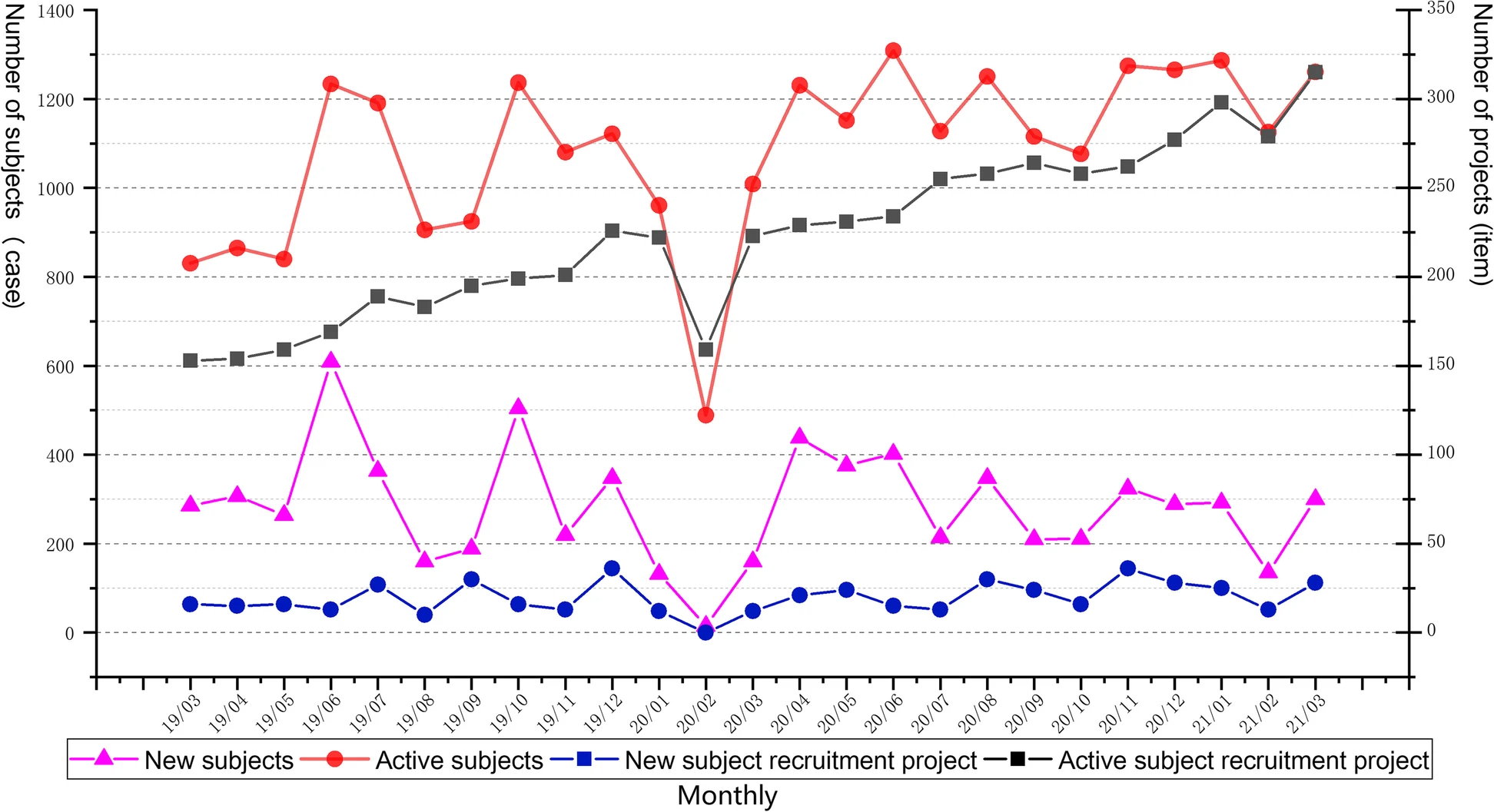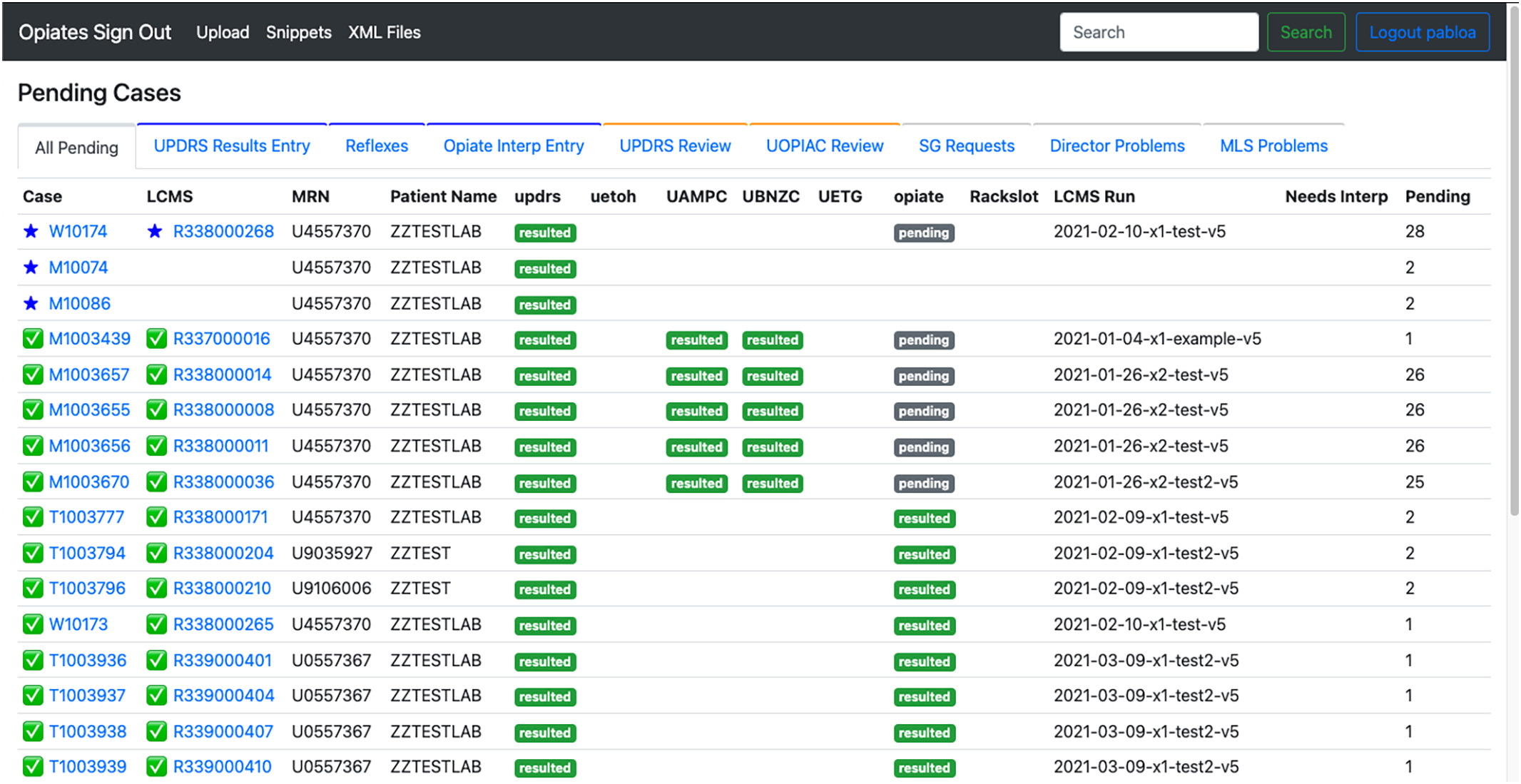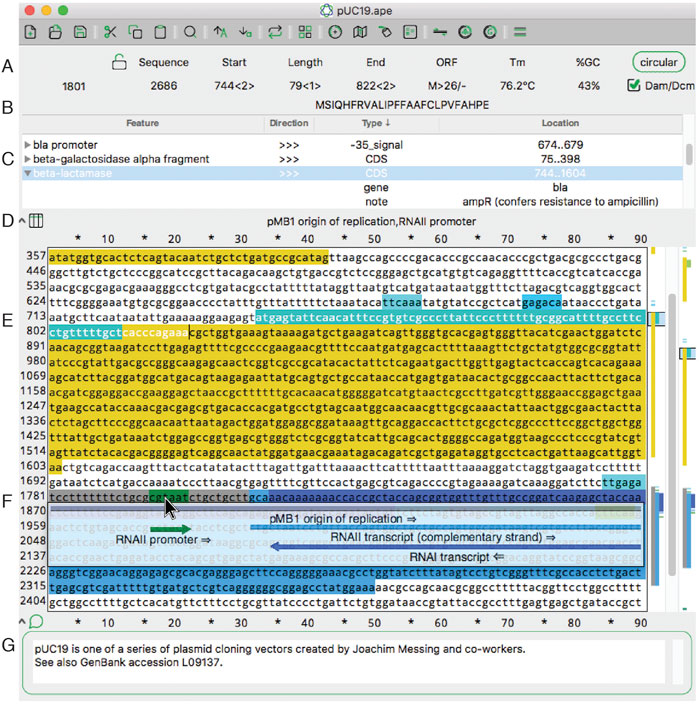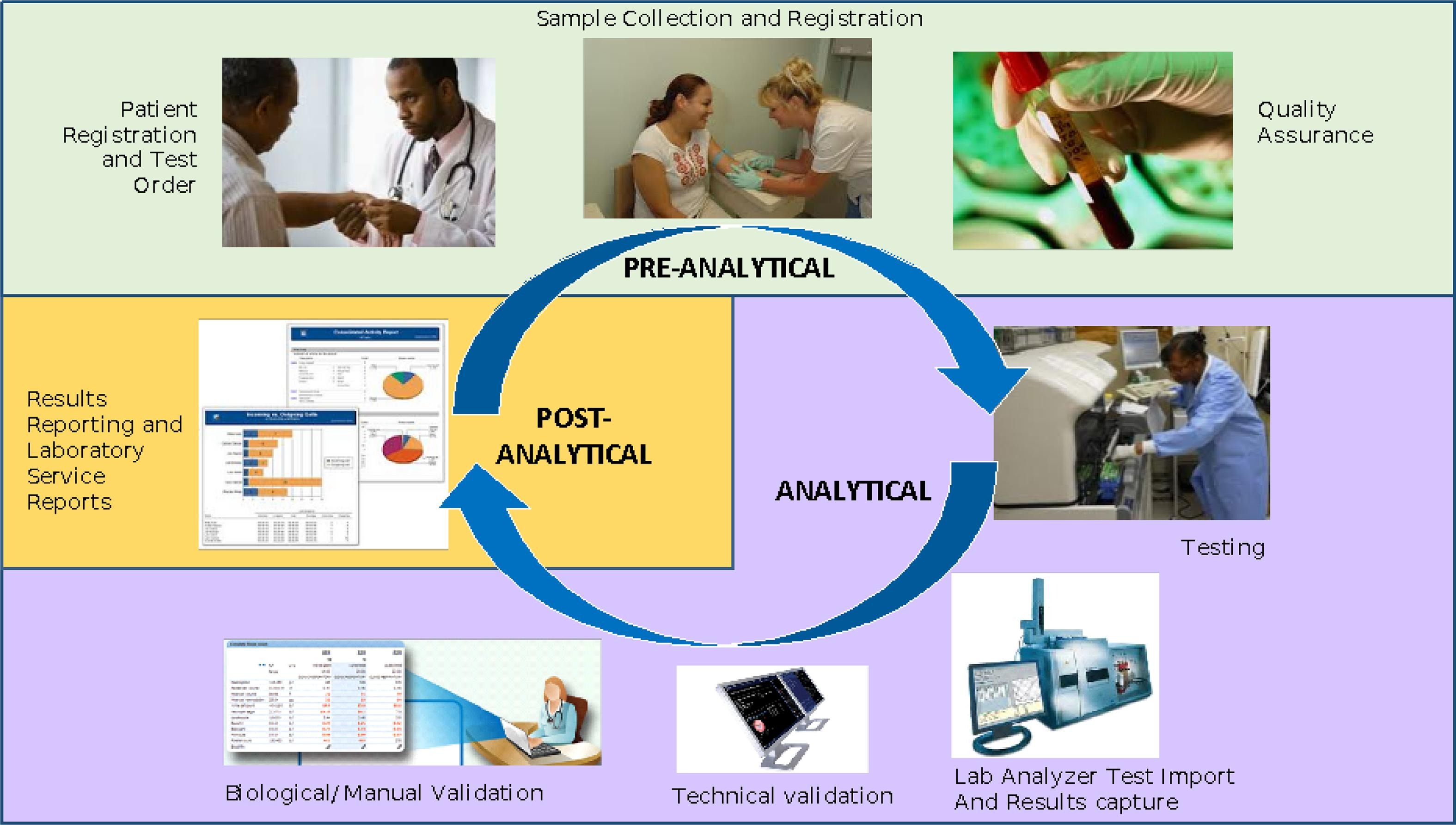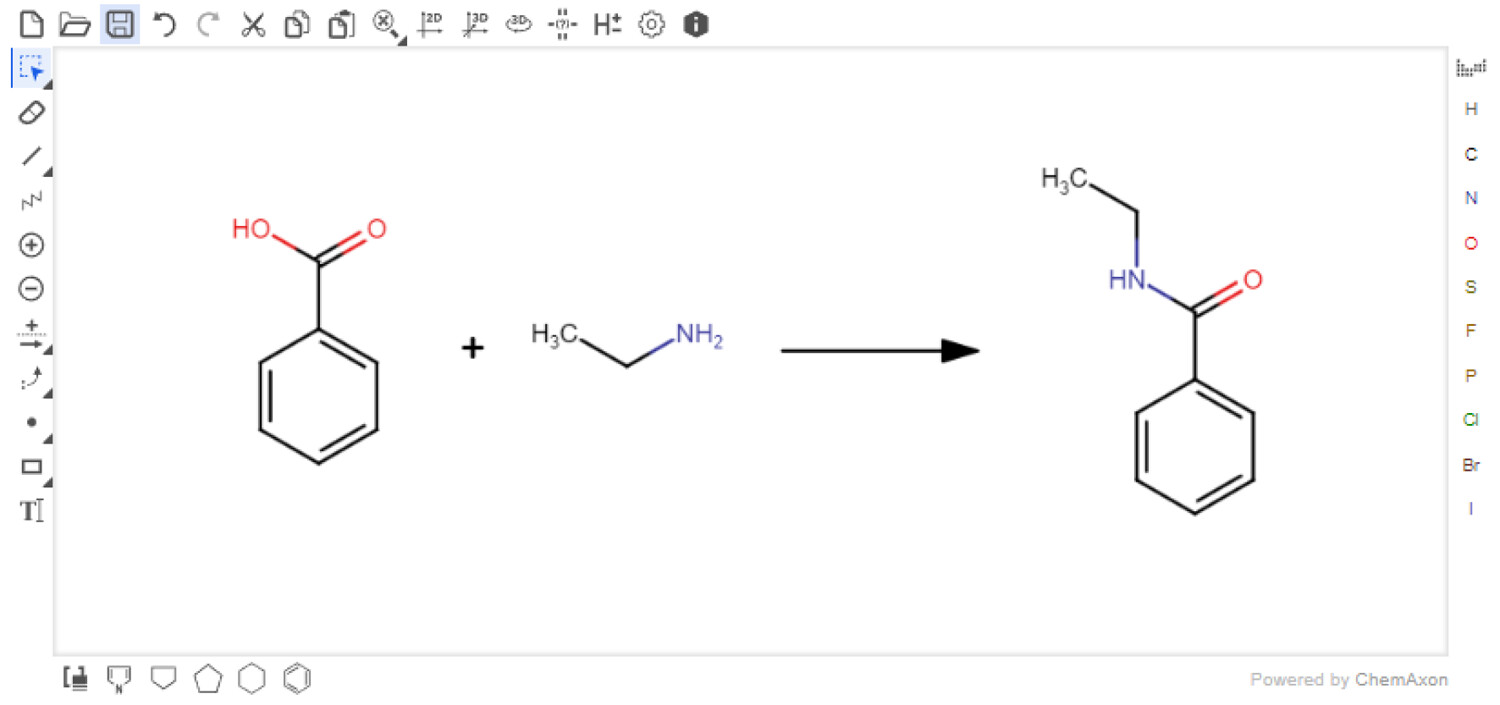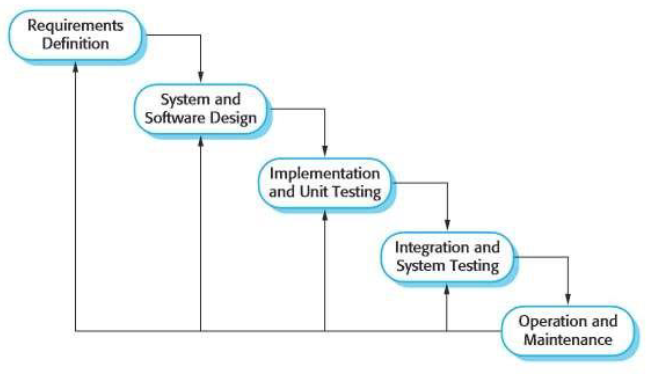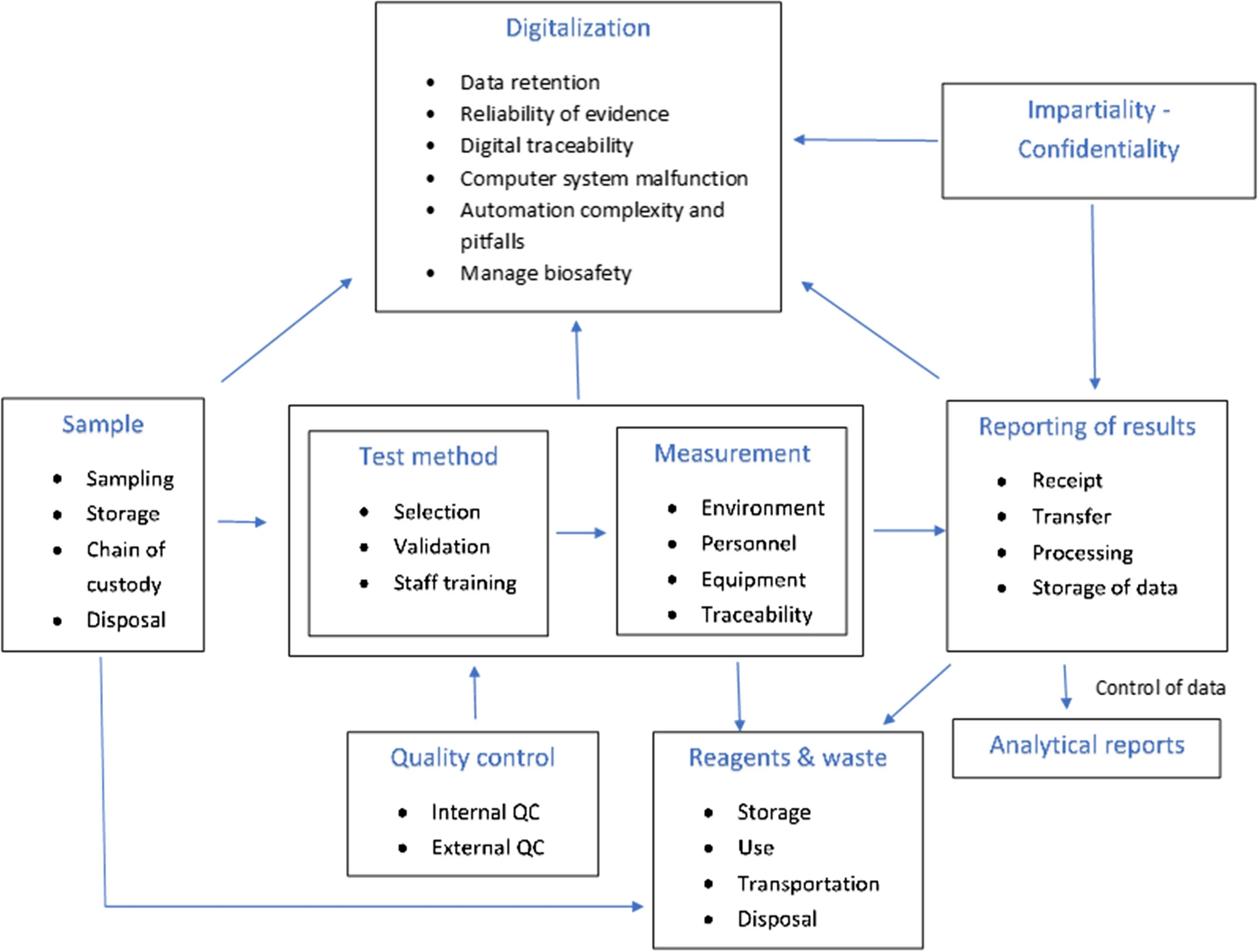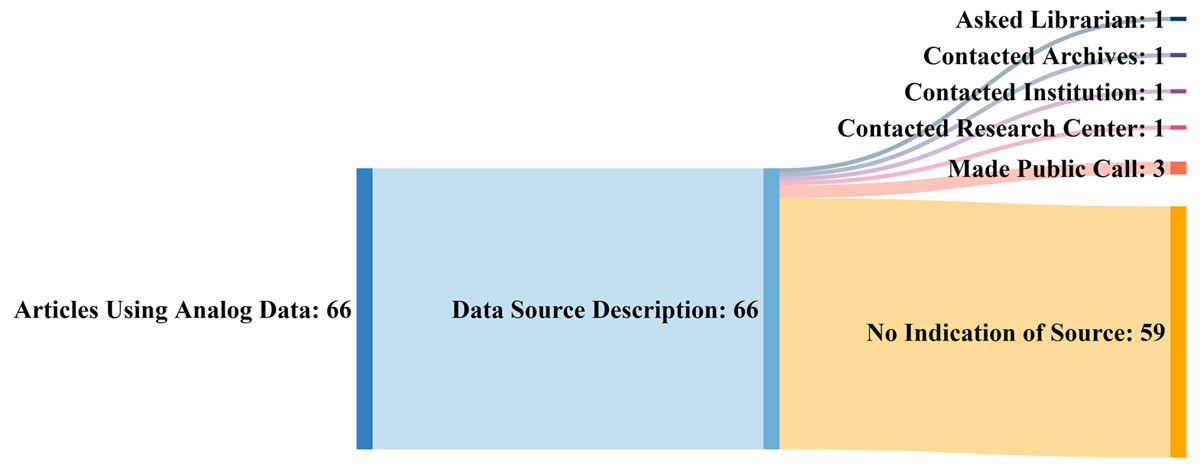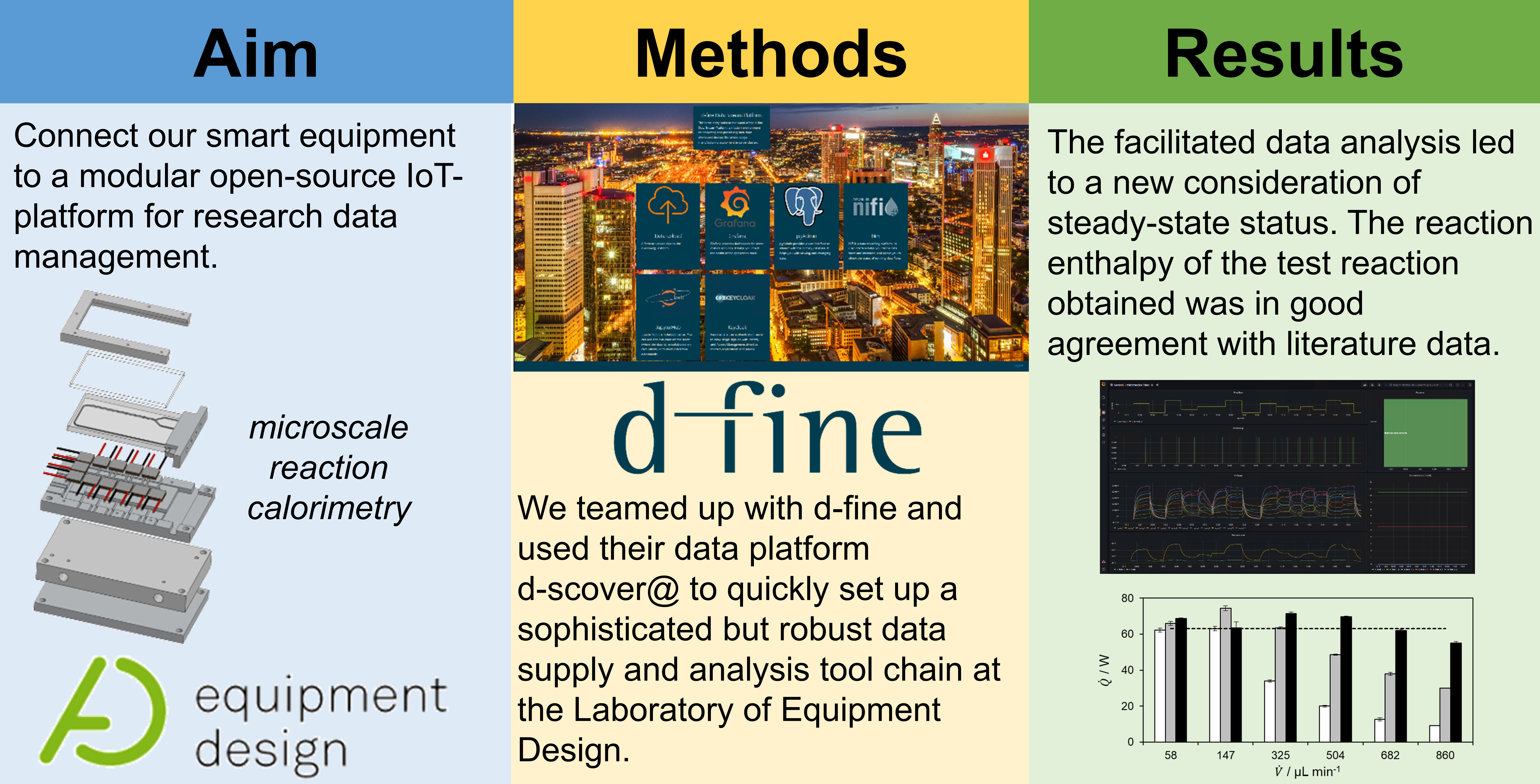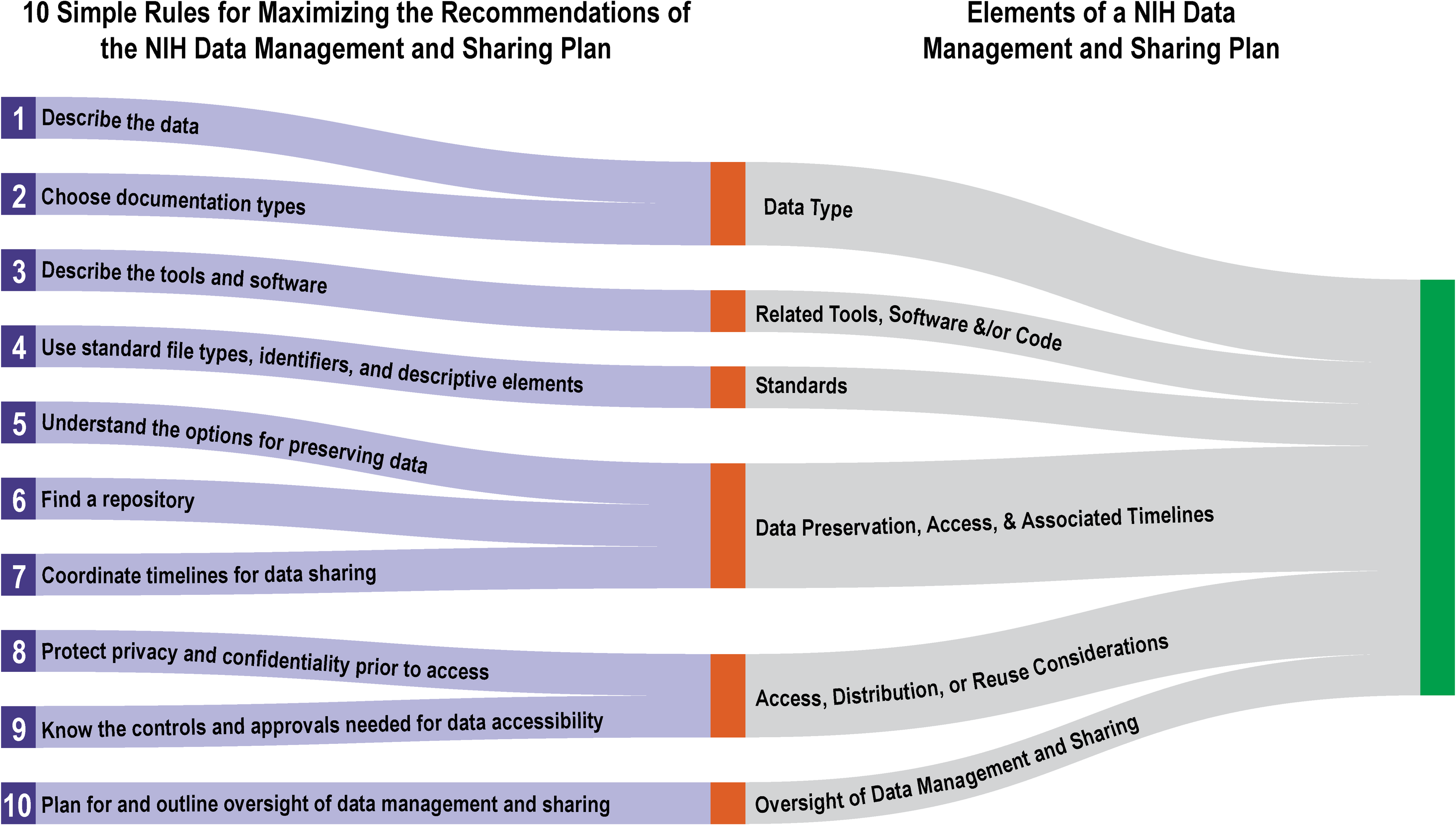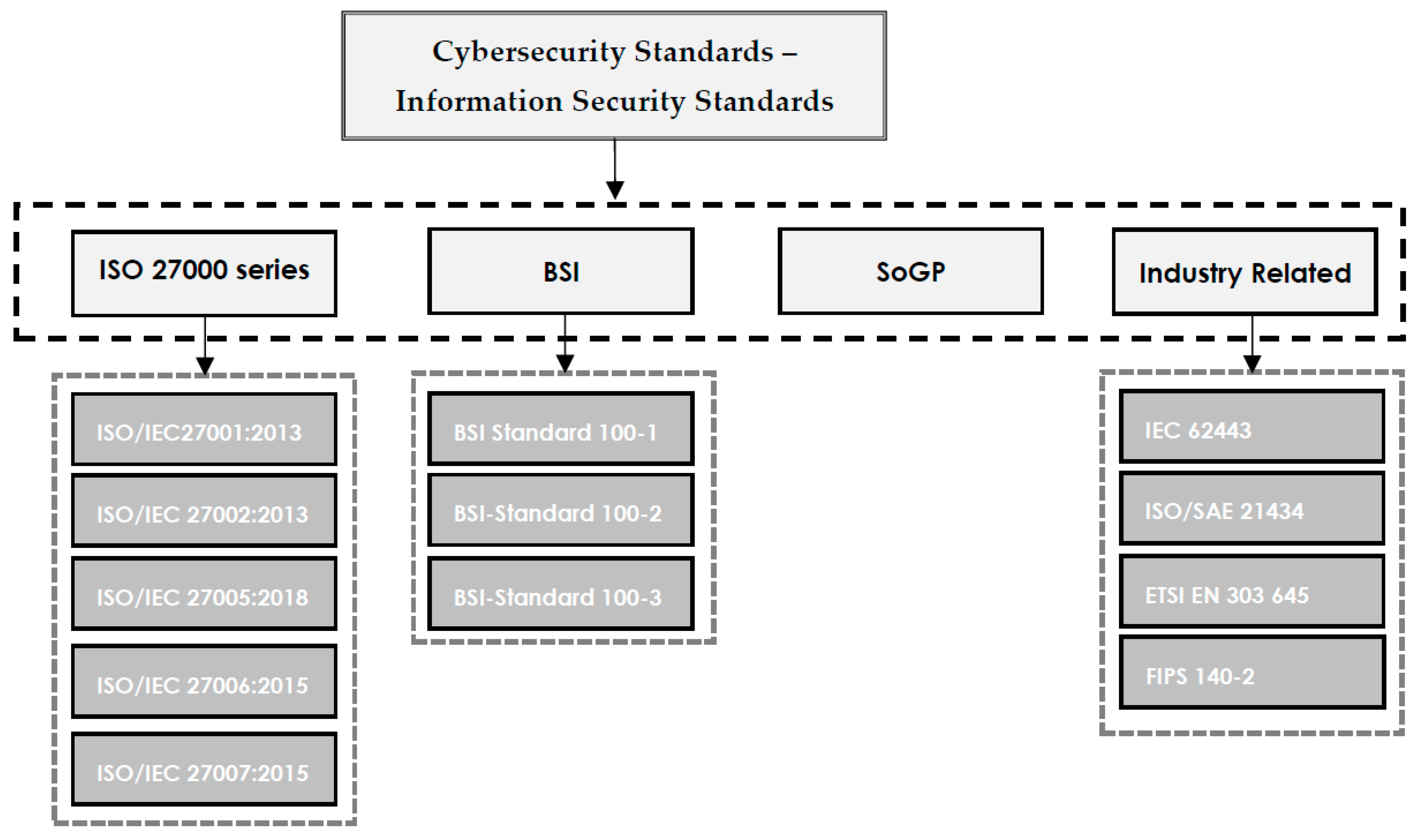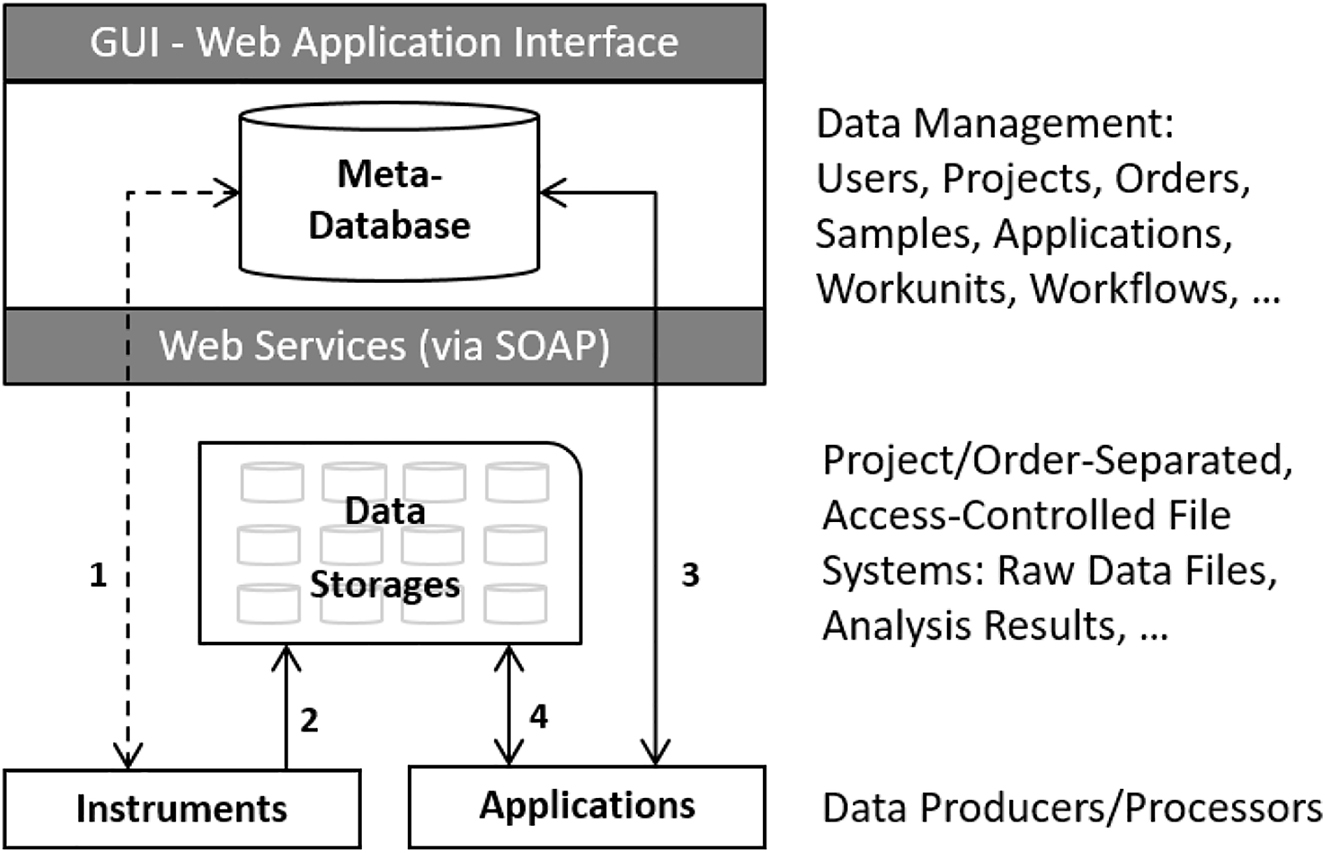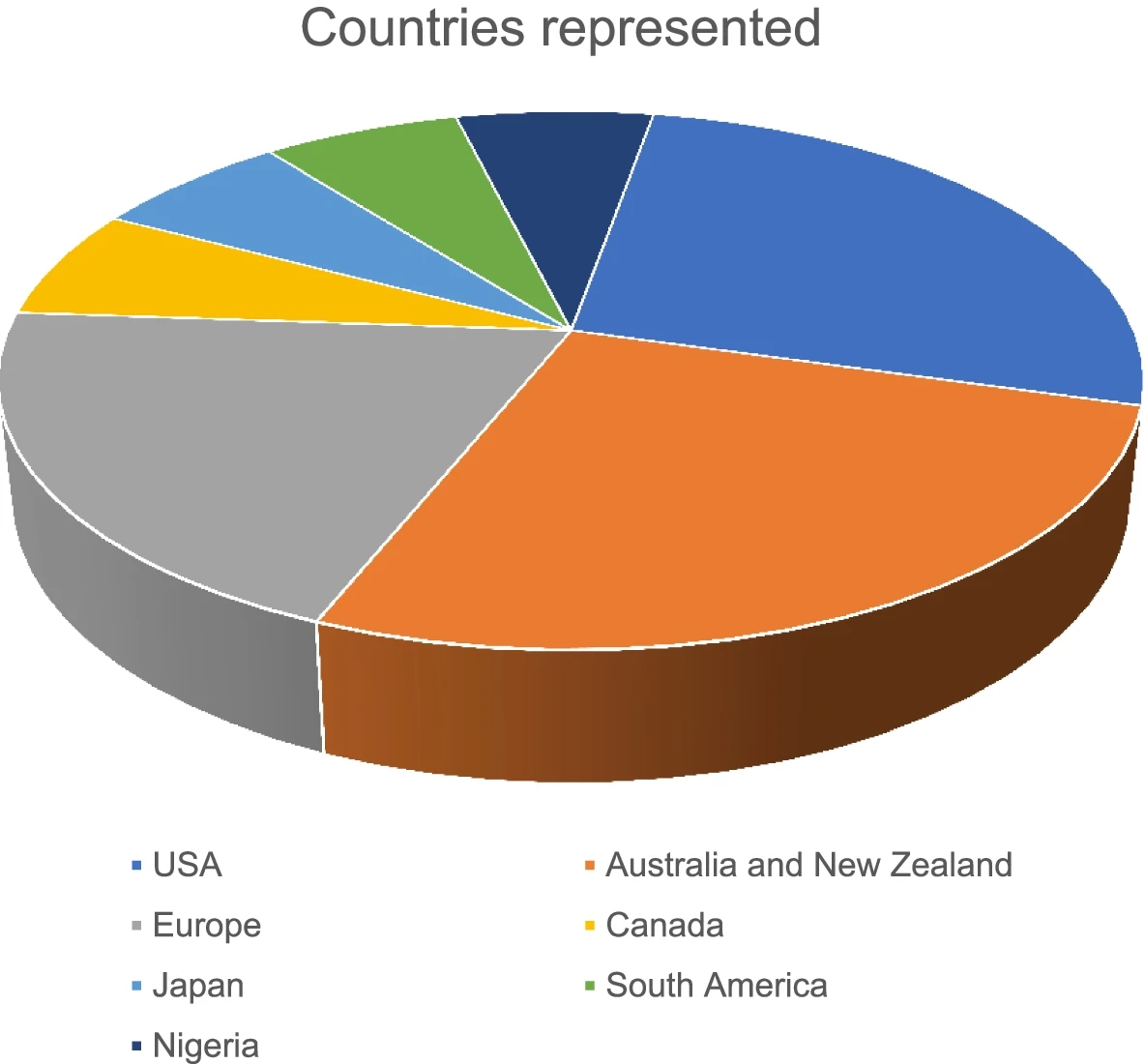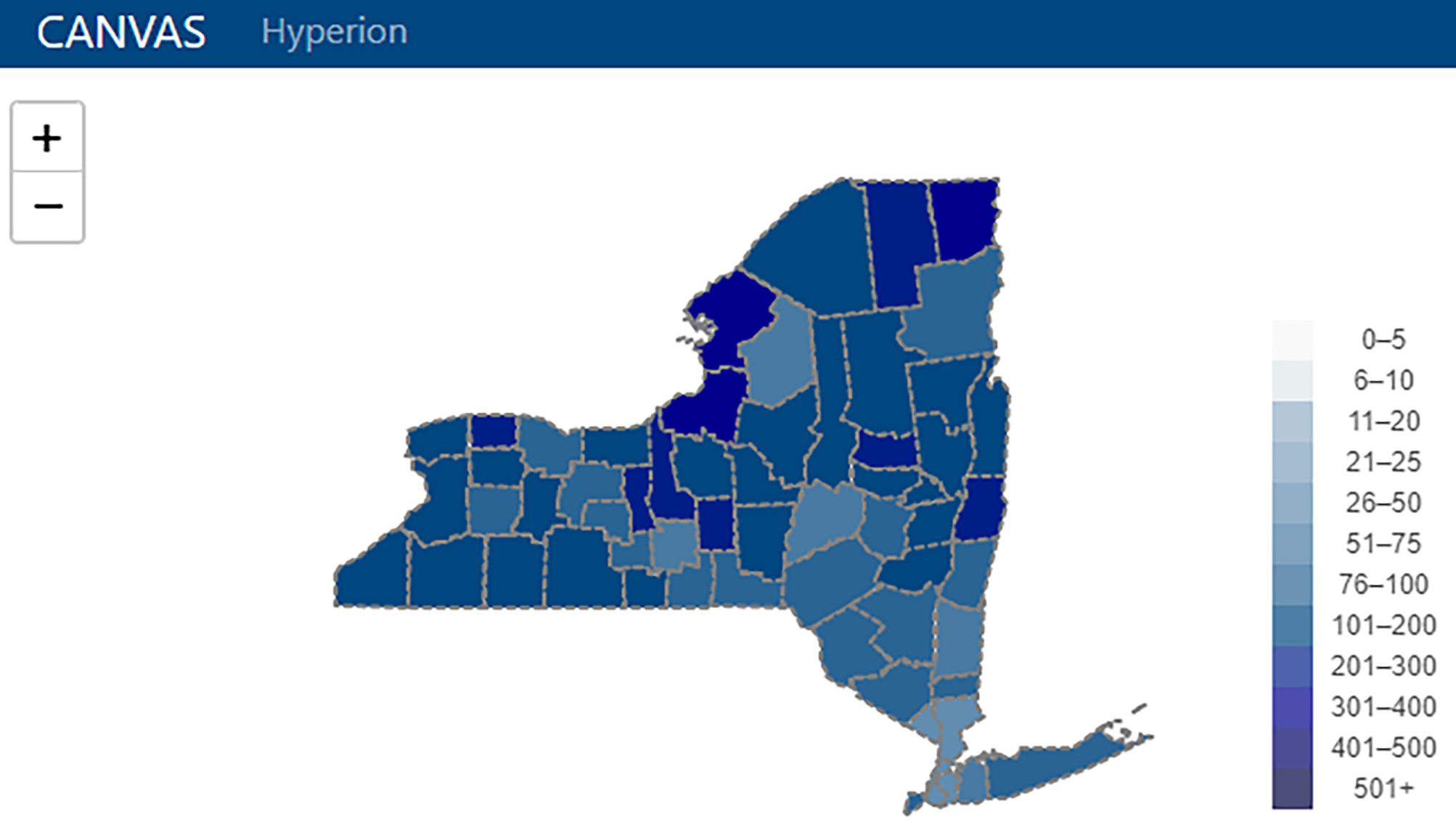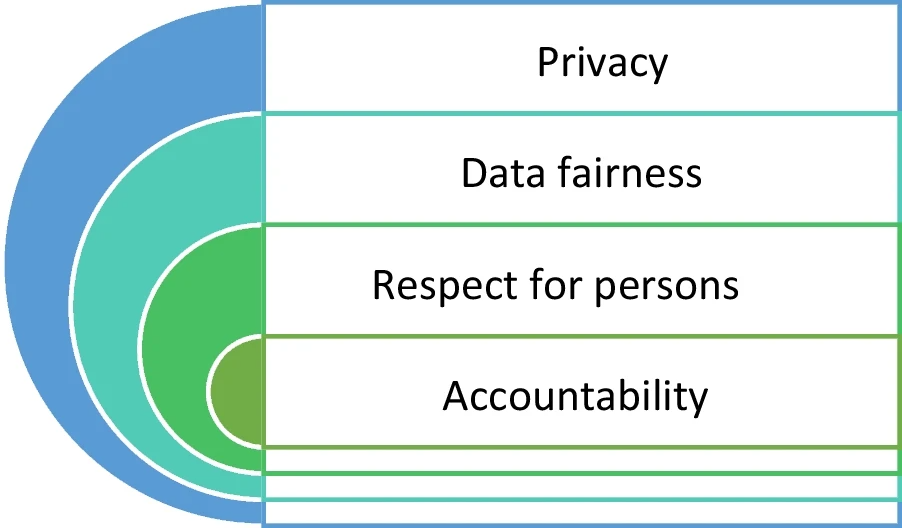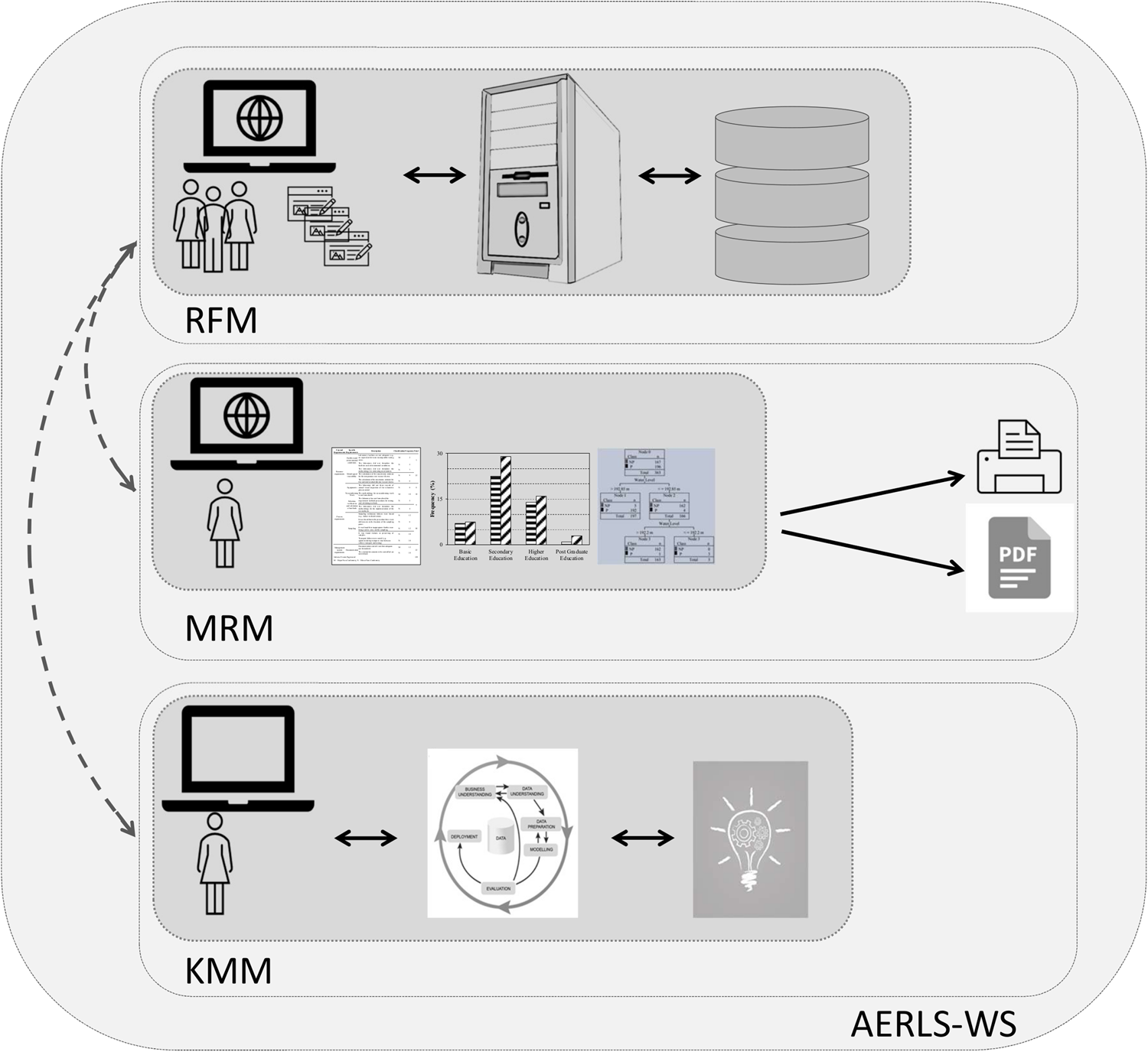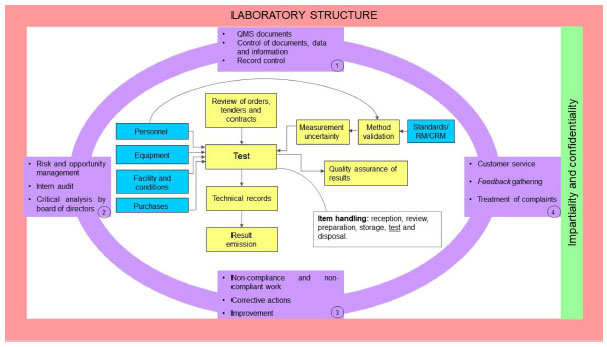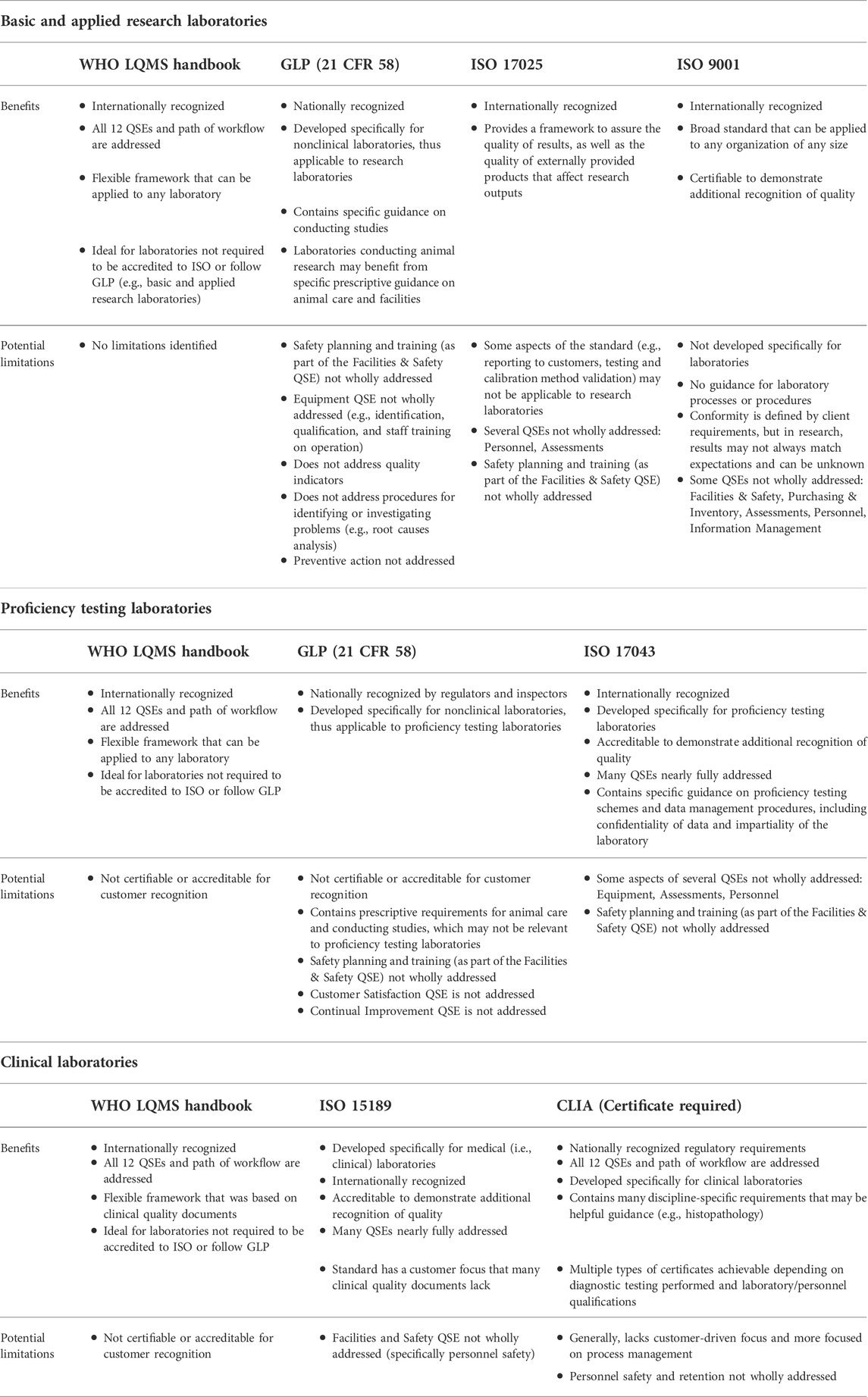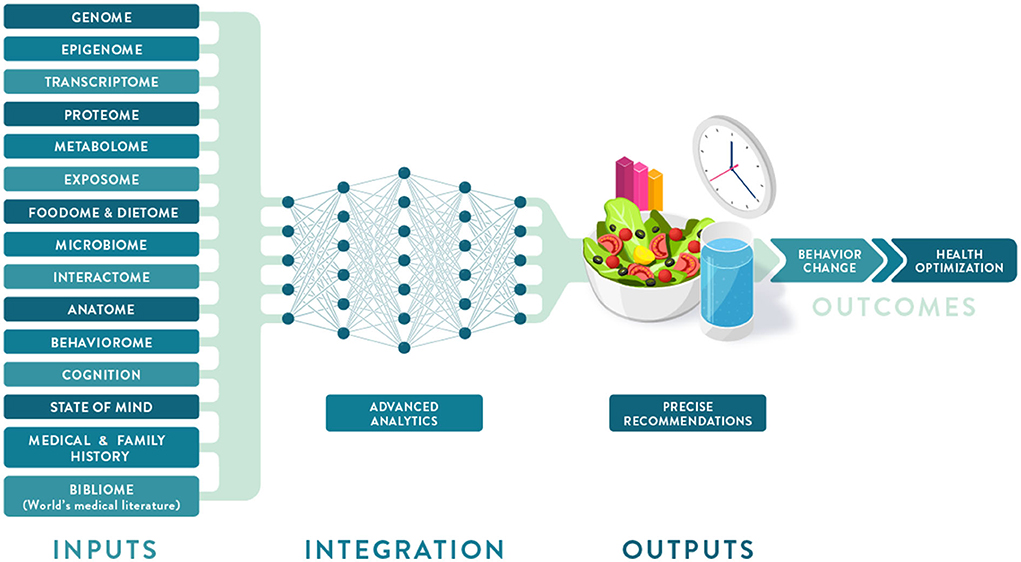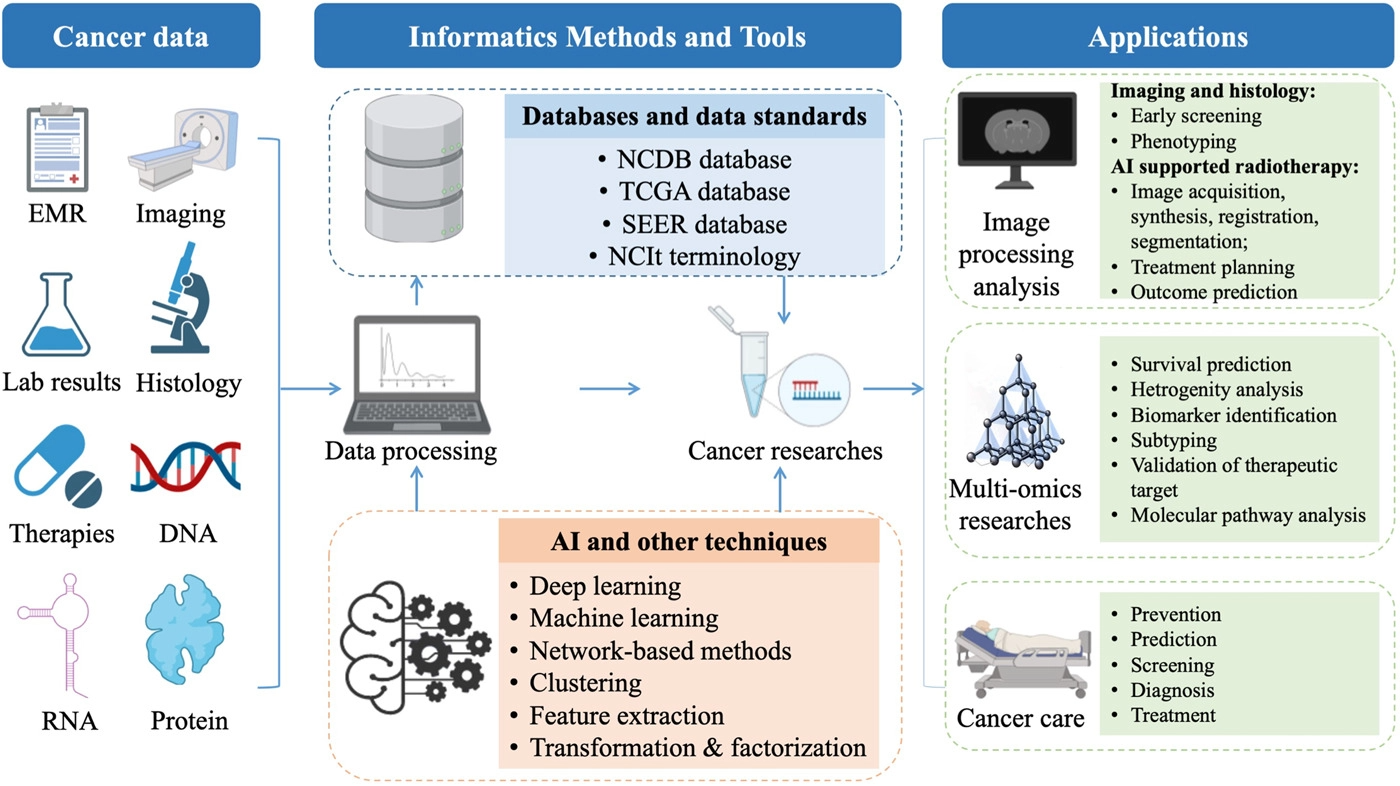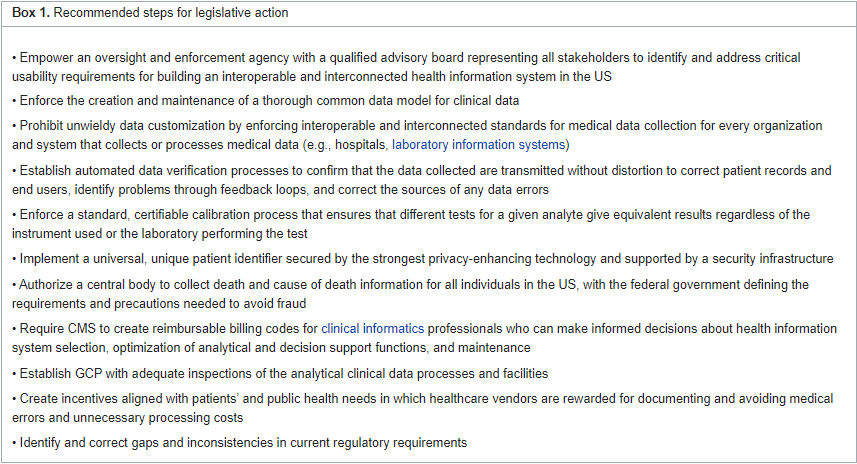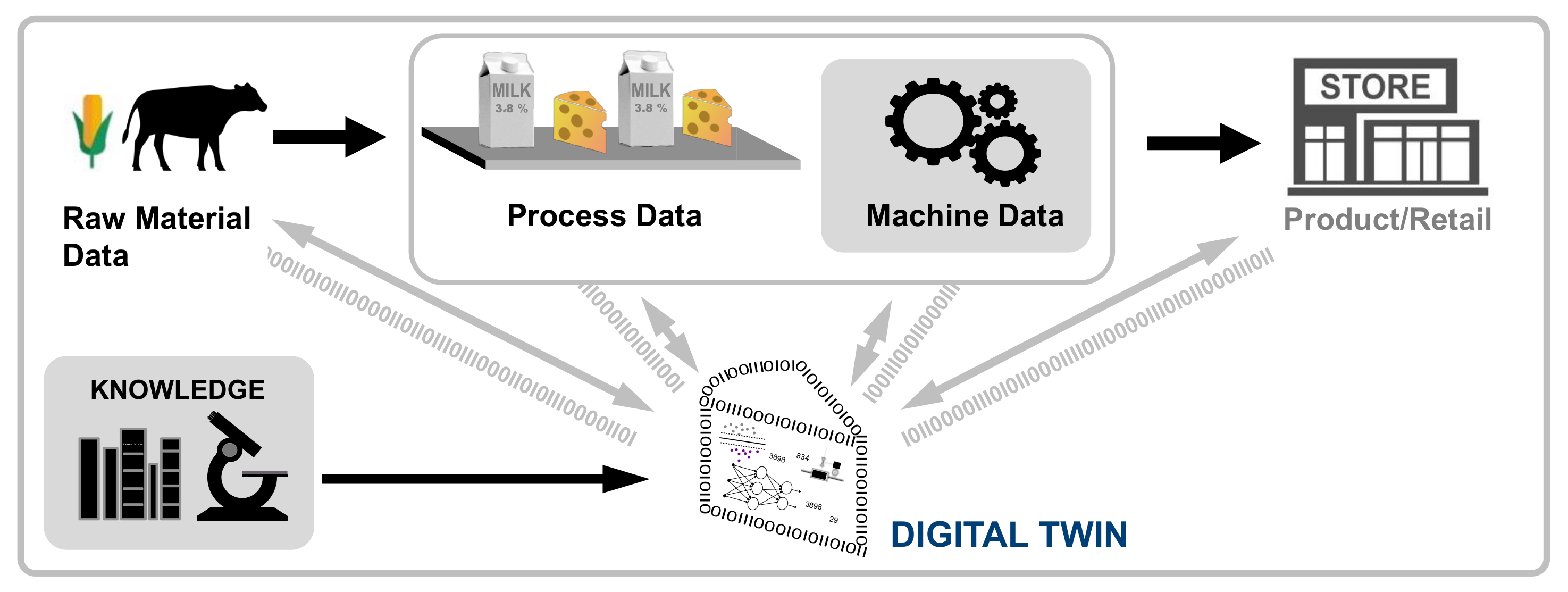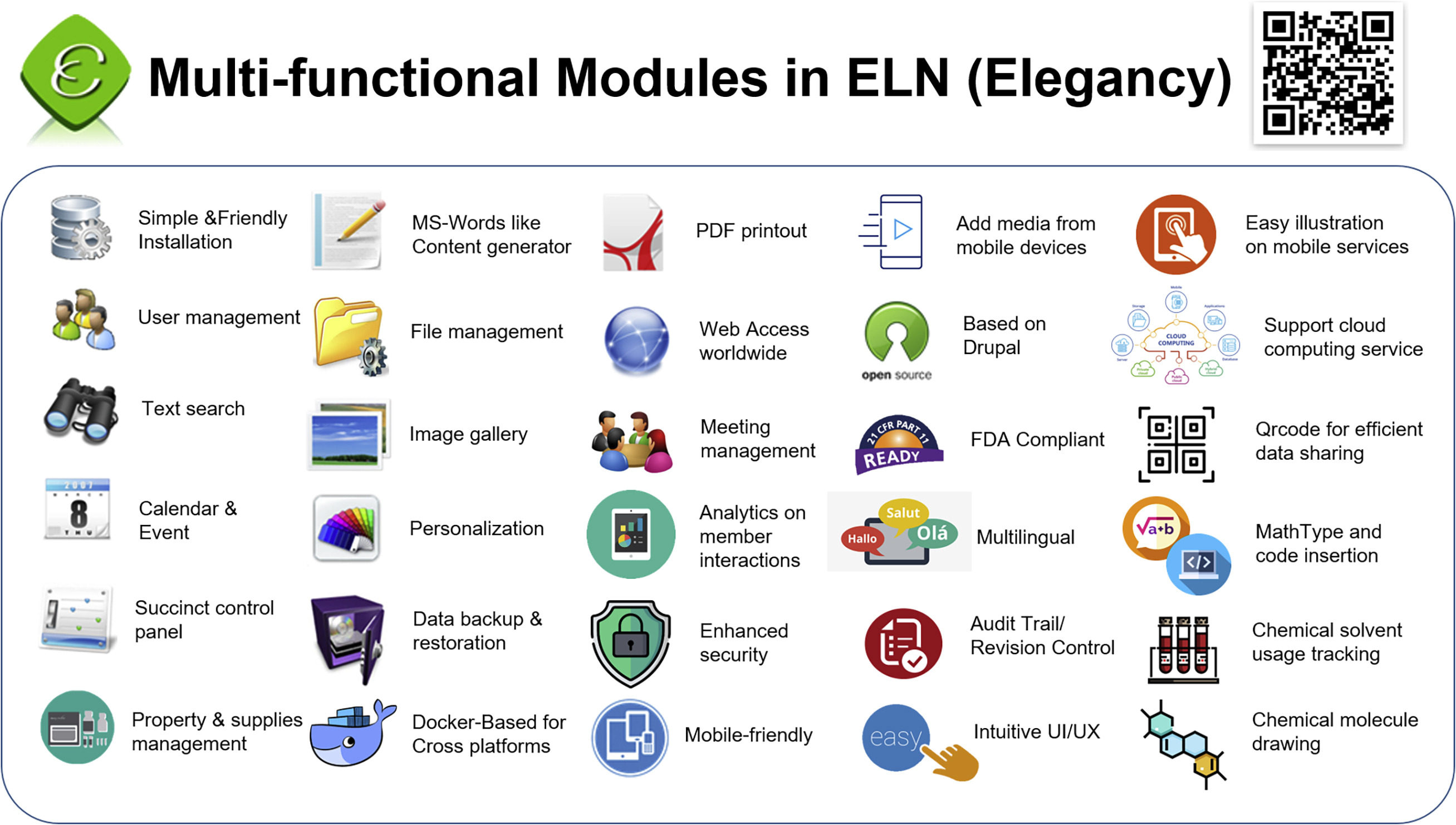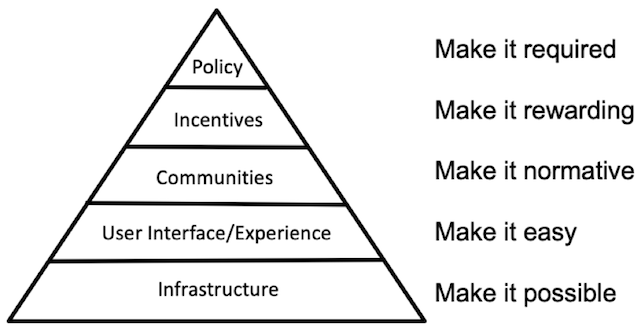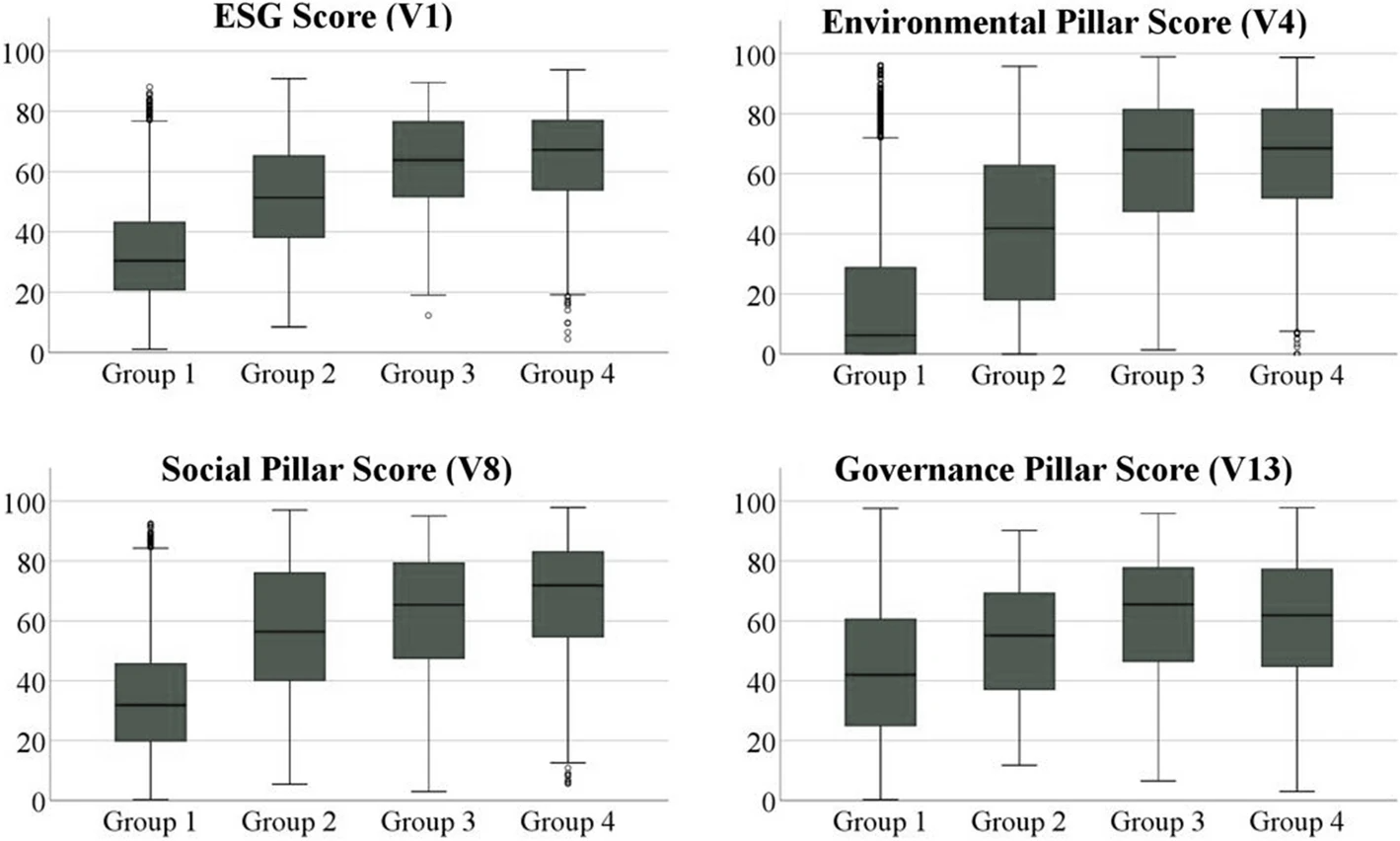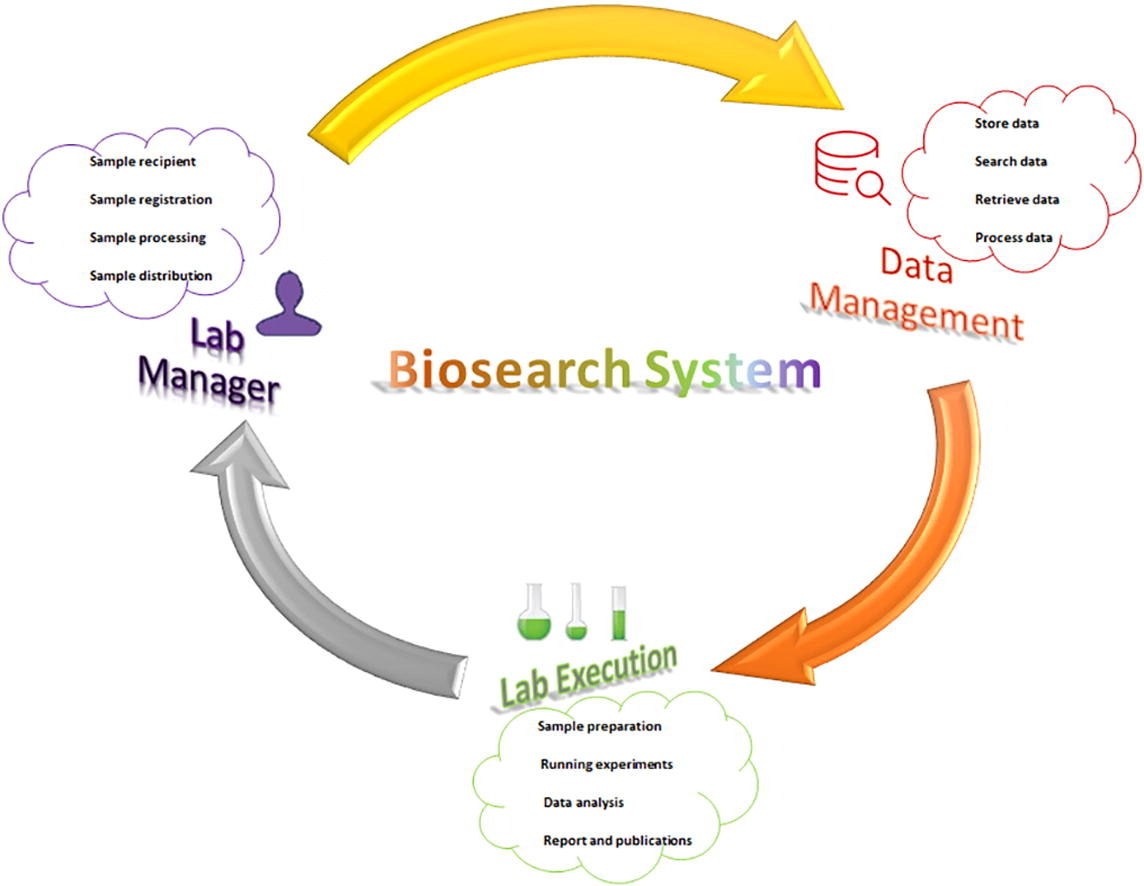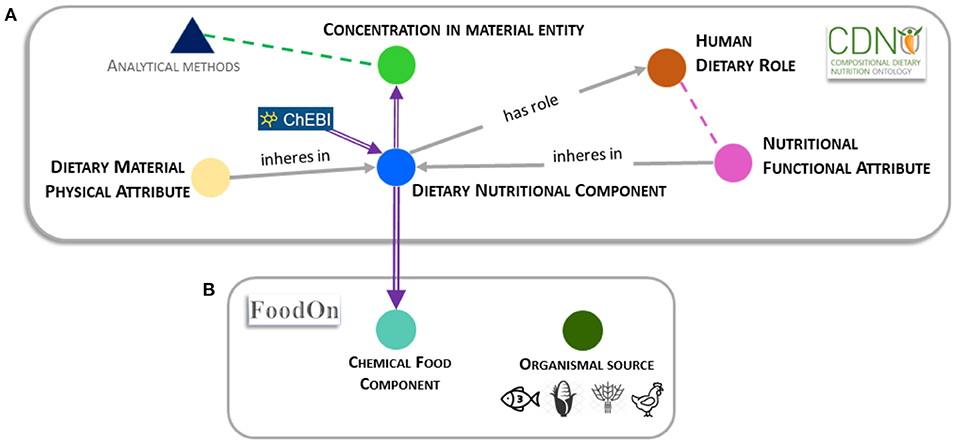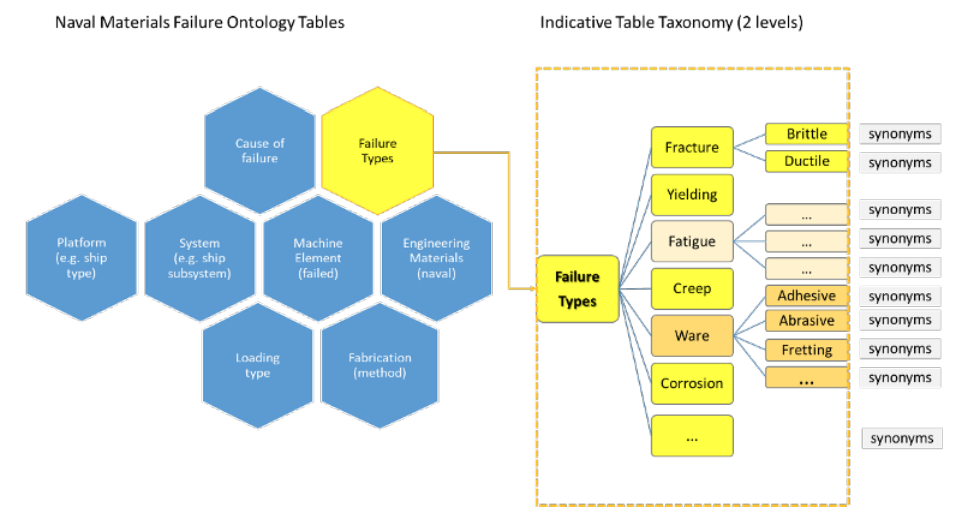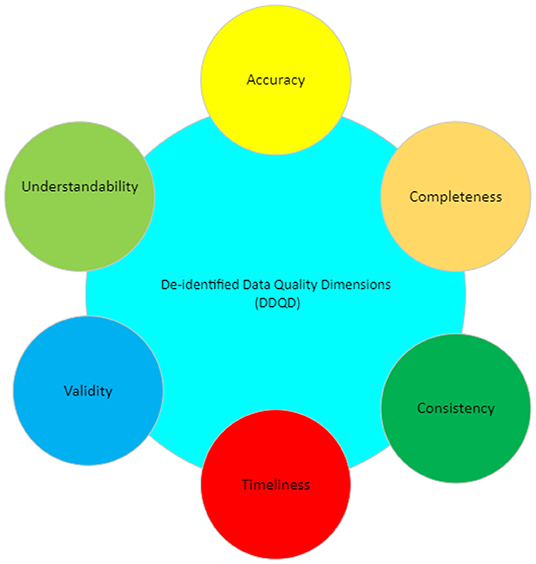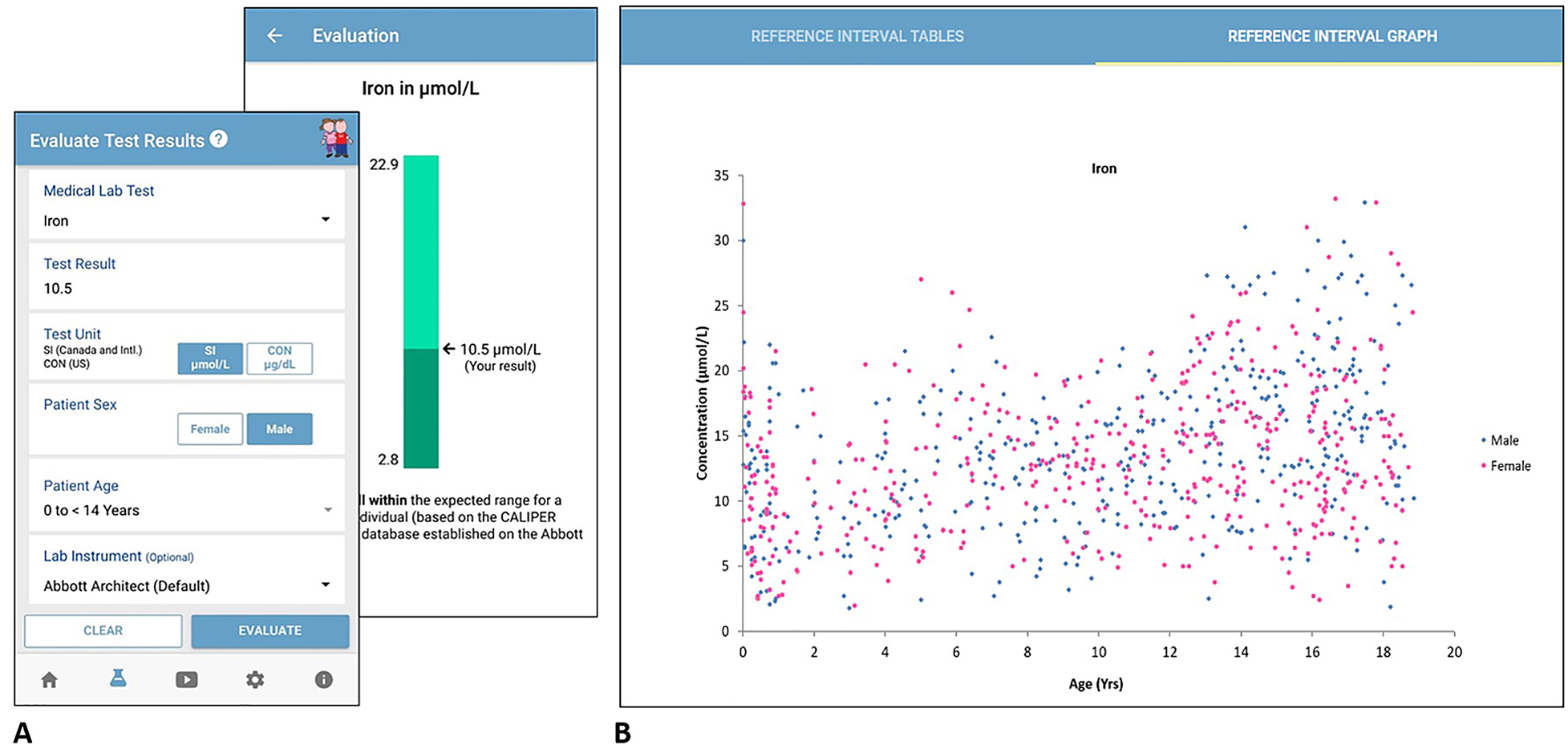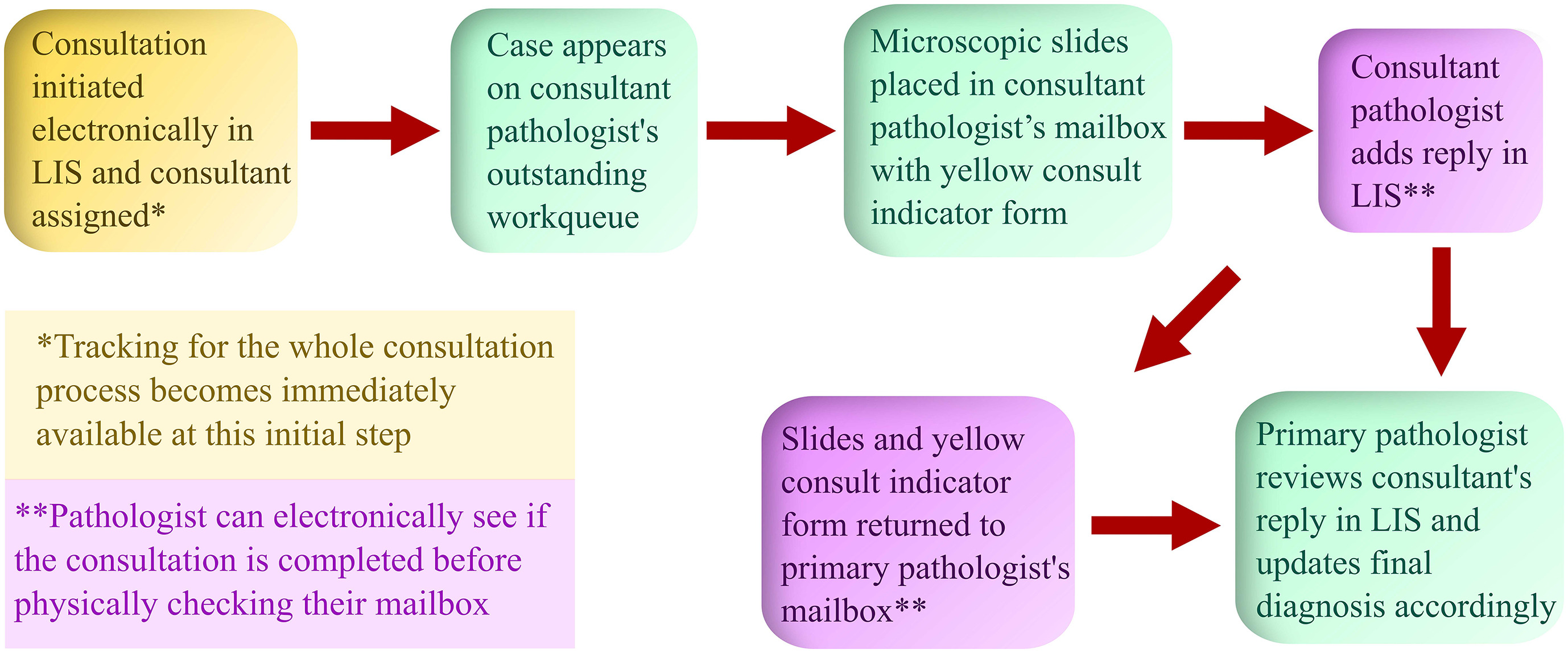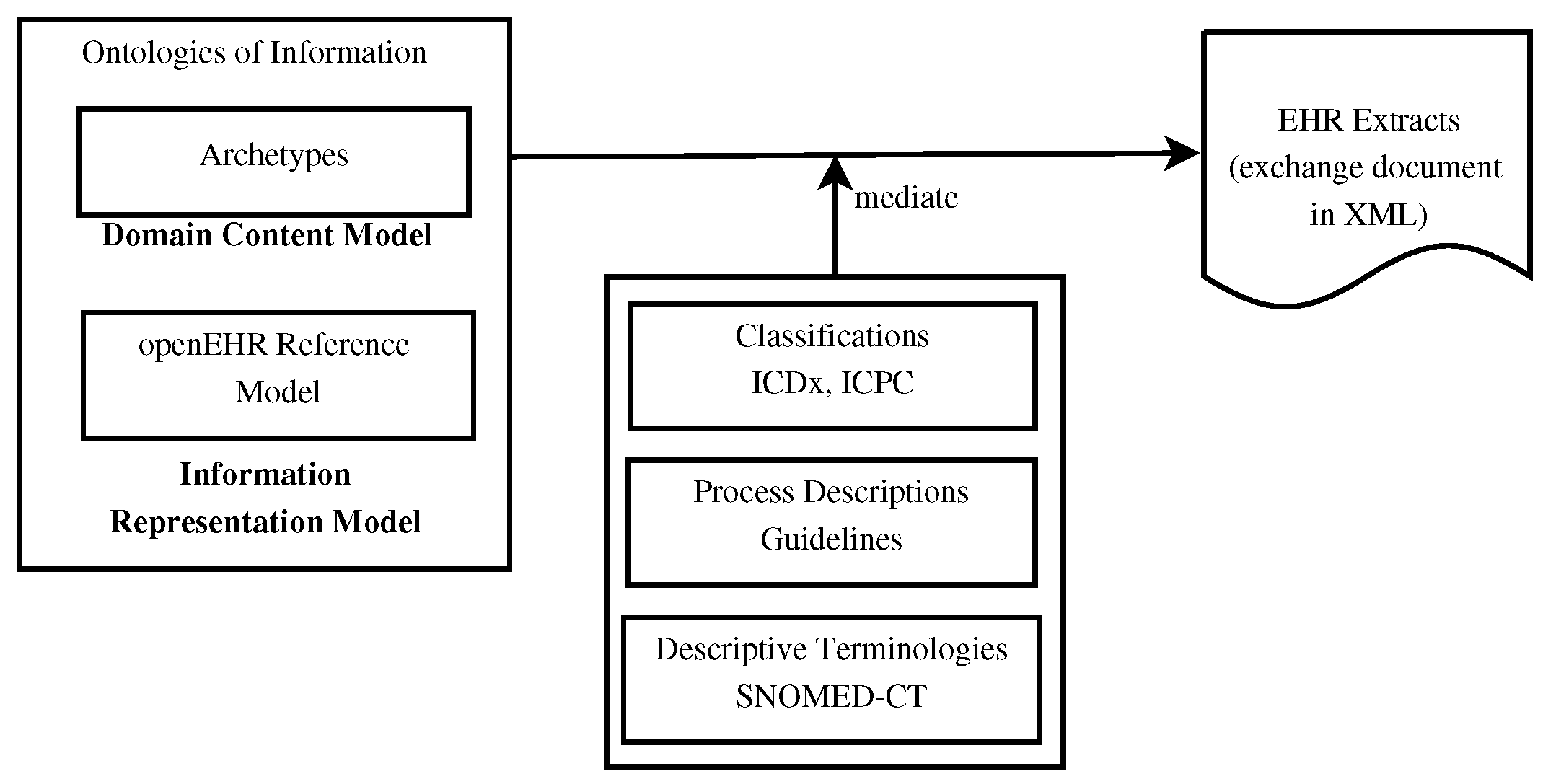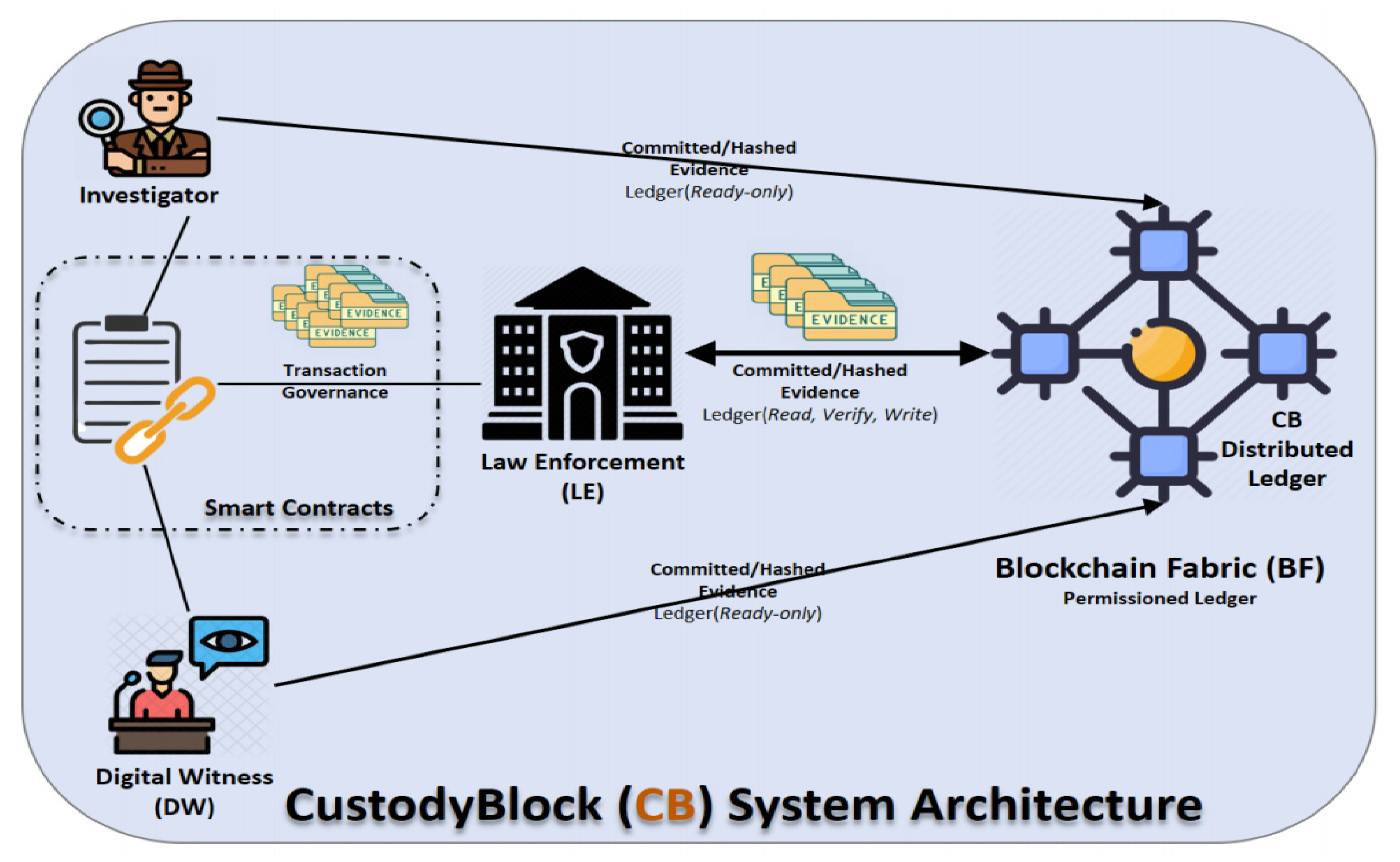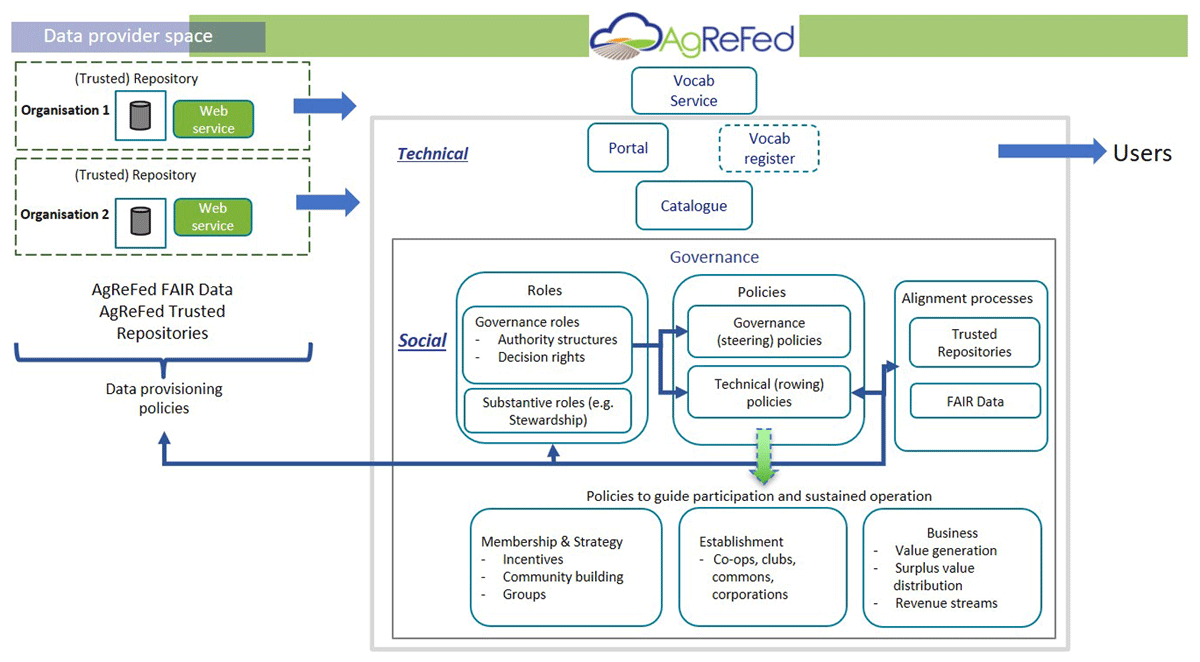Difference between revisions of "Main Page/Featured article of the week/2023"
Shawndouglas (talk | contribs) (Added last week's article of the week) |
Shawndouglas (talk | contribs) m (Updates) |
||
| (16 intermediate revisions by the same user not shown) | |||
| Line 1: | Line 1: | ||
{{ombox | {{ombox | ||
| type = notice | | type = notice | ||
| text = If you're looking for other "Article of the Week" archives: [[Main Page/Featured article of the week/2014|2014]] - [[Main Page/Featured article of the week/2015|2015]] - [[Main Page/Featured article of the week/2016|2016]] - [[Main Page/Featured article of the week/2017|2017]] - [[Main Page/Featured article of the week/2018|2018]] - [[Main Page/Featured article of the week/2019|2019]] - [[Main Page/Featured article of the week/2020|2020]] - [[Main Page/Featured article of the week/2021|2021]] - [[Main Page/Featured article of the week/2022|2022]] - 2023 | | text = If you're looking for other "Article of the Week" archives: [[Main Page/Featured article of the week/2014|2014]] - [[Main Page/Featured article of the week/2015|2015]] - [[Main Page/Featured article of the week/2016|2016]] - [[Main Page/Featured article of the week/2017|2017]] - [[Main Page/Featured article of the week/2018|2018]] - [[Main Page/Featured article of the week/2019|2019]] - [[Main Page/Featured article of the week/2020|2020]] - [[Main Page/Featured article of the week/2021|2021]] - [[Main Page/Featured article of the week/2022|2022]] - 2023 - [[Main Page/Featured article of the week/2024|2024]] | ||
}} | }} | ||
| Line 17: | Line 17: | ||
<!-- Below this line begin pasting previous news --> | <!-- Below this line begin pasting previous news --> | ||
<h2 style="font-size:105%; font-weight:bold; text-align:left; color:#000; padding:0.2em 0.4em; width:50%;">Featured article of the week: August 28–September 03:</h2> | <h2 style="font-size:105%; font-weight:bold; text-align:left; color:#000; padding:0.2em 0.4em; width:50%;">Featured article of the week: December 25–31:</h2> | ||
<div style="float: left; margin: 0.5em 0.9em 0.4em 0em;">[[File:Fig1 Larobina Tomography23 9-5.png|240px]]</div> | |||
'''"[[Journal:Thirty years of the DICOM standard|Thirty years of the DICOM standard]]"''' | |||
[[DICOM|Digital Imaging and Communications in Medicine]] (DICOM) is an international standard that defines a format for storing [[Medical imaging|medical images]] and a protocol to enable and facilitate data communication among medical imaging systems. The DICOM standard has been instrumental in transforming the medical imaging world over the last three decades. Its adoption has been a significant experience for manufacturers, healthcare users, and research scientists. In this review, 30 years after introducing the standard, we discuss the innovation, advantages, and limitations of adopting DICOM and its possible future directions ... ('''[[Journal:Thirty years of the DICOM standard|Full article...]]''')<br /> | |||
|- | |||
|<br /><h2 style="font-size:105%; font-weight:bold; text-align:left; color:#000; padding:0.2em 0.4em; width:50%;">Featured article of the week: December 18–24:</h2> | |||
<div style="float: left; margin: 0.5em 0.9em 0.4em 0em;">[[File:Fig2 Xu BMCMedEd23 23.png|240px]]</div> | |||
'''"[[Journal:Evaluating the effectiveness of a new student-centred laboratory training strategy in clinical biochemistry teaching|Evaluating the effectiveness of a new student-centred laboratory training strategy in clinical biochemistry teaching]]"''' | |||
The error-proneness in the pre-analytical and post-analytical stages is higher than that in the analytical stage of the total [[laboratory]] testing process. However, pre-analytical and post-analytical [[Quality (business)|quality]] management has not received enough attention in [[Clinical laboratory|medical laboratory]] education and tests in clinical [[biochemistry]] courses. Clinical biochemistry teaching programs aim to improve students’ awareness of and ability to use quality management practices according to the [[International Organization for Standardization]]'s [[ISO 15189]] requirements ... ('''[[Journal:Evaluating the effectiveness of a new student-centred laboratory training strategy in clinical biochemistry teaching|Full article...]]''')<br /> | |||
|- | |||
|<br /><h2 style="font-size:105%; font-weight:bold; text-align:left; color:#000; padding:0.2em 0.4em; width:50%;">Featured article of the week: December 11–17:</h2> | |||
<div style="float: left; margin: 0.5em 0.9em 0.4em 0em;">[[File:Fig1 Tamura SciTechAdvMatMeth2023 3-1.jpeg|240px]]</div> | |||
'''"[[Journal:NIMS-OS: An automation software to implement a closed loop between artificial intelligence and robotic experiments in materials science|NIMS-OS: An automation software to implement a closed loop between artificial intelligence and robotic experiments in materials science]]"''' | |||
NIMS-OS (NIMS Orchestration System) is a [[Python (programming language)|Python]] library created to realize a closed loop of [[Laboratory automation|robotic]] experiments and [[artificial intelligence]] (AI) without human intervention for automated [[Materials science|materials exploration]]. It uses various combinations of modules to operate autonomously. Each module acts as an AI for materials exploration or a controller for a robotic experiments. As AI techniques, Optimization Tools for PHYSics Based on Bayesian Optimization (PHYSBO), BoundLess Objective-free eXploration (BLOX), phase diagram construction (PDC), and random exploration (RE) methods can be used. Moreover, a system called NIMS Automated Robotic Electrochemical Experiments (NAREE) is available as a set of robotic experimental equipment ... ('''[[Journal:NIMS-OS: An automation software to implement a closed loop between artificial intelligence and robotic experiments in materials science|Full article...]]''')<br /> | |||
|- | |||
|<br /><h2 style="font-size:105%; font-weight:bold; text-align:left; color:#000; padding:0.2em 0.4em; width:50%;">Featured article of the week: December 04–10:</h2> | |||
<div style="float: left; margin: 0.5em 0.9em 0.4em 0em;">[[File:Fig1 Lehmann Sensors23 23-1.png|240px]]</div> | |||
'''"[[Journal:Establishing reliable research data management by integrating measurement devices utilizing intelligent digital twins|Establishing reliable research data management by integrating measurement devices utilizing intelligent digital twins]]"''' | |||
One of the main topics within [[research]] activities is the [[Information management|management of research data]]. Large amounts of data acquired by heterogeneous scientific devices, sensor systems, measuring equipment, and experimental setups have to be processed and ideally managed by [[Journal:The FAIR Guiding Principles for scientific data management and stewardship|FAIR]] (findable, accessible, interoperable, and reusable) data management approaches in order to preserve their intrinsic value to researchers throughout the entire data lifecycle. The symbiosis of heterogeneous measuring devices, FAIR principles, and [[digital twin]] technologies is considered to be ideally suited to realize the foundation of reliable, sustainable, and open research data management ... ('''[[Journal:Establishing reliable research data management by integrating measurement devices utilizing intelligent digital twins|Full article...]]''')<br /> | |||
|- | |||
|<br /><h2 style="font-size:105%; font-weight:bold; text-align:left; color:#000; padding:0.2em 0.4em; width:50%;">Featured article of the week: November 27–December 03:</h2> | |||
<div style="float: left; margin: 0.5em 0.9em 0.4em 0em;">[[File:Fig1 Ishizuki SciTechAdvMatMeth2023 3-1.jpeg|240px]]</div> | |||
'''"[[Journal:Autonomous experimental systems in materials science|Autonomous experimental systems in materials science]]"''' | |||
The emergence of [[Laboratory automation|autonomous experimental systems]] (AESs) integrating [[machine learning]] (ML) and robots is ushering in a paradigm shift in [[materials science]]. Using computer algorithms and robots to decide and perform all experimental steps, these systems require no human intervention. A current direction focuses on discovering unexpected materials and theories with unconventional [[research]] approaches. This article reviews the latest achievements and discusses the impact of AESs, which will fundamentally change the way we understand research. Moreover, as AESs continue to develop, the need to think about the role of human researchers becomes more pressing ... ('''[[Journal:Autonomous experimental systems in materials science|Full article...]]''')<br /> | |||
|- | |||
|<br /><h2 style="font-size:105%; font-weight:bold; text-align:left; color:#000; padding:0.2em 0.4em; width:50%;">Featured article of the week: November 20–26:</h2> | |||
<div style="float: left; margin: 0.5em 0.9em 0.4em 0em;">[[File:Fig2 Ayaz Healthcare23 11-12.png|240px]]</div> | |||
'''"[[Journal:Transforming healthcare analytics with FHIR: A framework for standardizing and analyzing clinical data|Transforming healthcare analytics with FHIR: A framework for standardizing and analyzing clinical data]]"''' | |||
In this study, we discuss our contribution to building a [[Data analysis|data analytic]] framework that supports clinical statistics and analysis by leveraging a scalable standards-based data model named [[Fast Healthcare Interoperability Resources]] (FHIR). We developed an intelligent algorithm that is used to facilitate the clinical data analytics process on FHIR-based data. We designed several [[workflow]]s for patient clinical data used in two [[hospital information system]]s (HISs), namely patient registration systems (PRSs) and [[laboratory information system]]s (LIS). These workflows exploit various FHIR [[application programming interface]]s (API) to facilitate patient-centered and cohort-based interactive analyses. We developed a FHIR database implementation that utilizes FHIR APIs and a range of operations to facilitate descriptive data analytics (DDA) and patient cohort selection ... ('''[[Journal:Transforming healthcare analytics with FHIR: A framework for standardizing and analyzing clinical data|Full article...]]''')<br /> | |||
|- | |||
|<br /><h2 style="font-size:105%; font-weight:bold; text-align:left; color:#000; padding:0.2em 0.4em; width:50%;">Featured article of the week: November 13–19:</h2> | |||
<div style="float: left; margin: 0.5em 0.9em 0.4em 0em;">[[File:Fig1 Mencacci FrontCellInfectMicro2023 13.jpg|240px]]</div> | |||
'''"[[Journal:Laboratory automation, informatics, and artificial intelligence: Current and future perspectives in clinical microbiology|Laboratory automation, informatics, and artificial intelligence: Current and future perspectives in clinical microbiology]]"''' | |||
[[Clinical laboratory|Clinical diagnostic laboratories]] produce one product—[[information]]—and for this to be valuable, the information must be clinically relevant, accurate, and timely. Although diagnostic information can clearly improve patient outcomes and decrease healthcare costs, technological challenges and [[laboratory]] [[workflow]] practices affect the timeliness and clinical value of diagnostics. This article will examine how prioritizing laboratory practices in a patient-oriented approach can be used to optimize technology advances for improved patient care. ... ('''[[Journal:Laboratory automation, informatics, and artificial intelligence: Current and future perspectives in clinical microbiology|Full article...]]''')<br /> | |||
|- | |||
|<br /><h2 style="font-size:105%; font-weight:bold; text-align:left; color:#000; padding:0.2em 0.4em; width:50%;">Featured article of the week: November 06–12:</h2> | |||
<div style="float: left; margin: 0.5em 0.9em 0.4em 0em;">[[File:Fig2 Zheng Electronics23 12-8.png|240px]]</div> | |||
'''"[[Journal:Registered data-centered lab management system based on data ownership security architecture|Registered data-centered lab management system based on data ownership security architecture]]"''' | |||
University and college [[Laboratory|laboratories]] are important places to train professional and technical personnel. Various regulatory departments in colleges and universities still rely on traditional laboratory management in [[research]] projects, which are prone to problems such as untimely [[information]] and data transmission. The present study aimed to propose a new method to solve the problem of data islands, explicit ownership, conditional sharing, [[Information security|data security]], and efficiency during laboratory [[Information management|data management]]. Hence, this study aimed to develop a data-centered lab management system that enhances the security of laboratory data management and allows the data owners of the labs to control [[data sharing]] with other users ... ('''[[Journal:Registered data-centered lab management system based on data ownership security architecture|Full article...]]''')<br /> | |||
|- | |||
|<br /><h2 style="font-size:105%; font-weight:bold; text-align:left; color:#000; padding:0.2em 0.4em; width:50%;">Featured article of the week: October 30–November 05:</h2> | |||
<div style="float: left; margin: 0.5em 0.9em 0.4em 0em;">[[File:GA Hauschild iScience2022 25-12.jpg|240px]]</div> | |||
'''"[[Journal:Guideline for software life cycle in health informatics|Guideline for software life cycle in health informatics]]"''' | |||
The long-lasting trend of [[medical informatics]] is to adapt novel technologies in the medical context. In particular, incorporating [[artificial intelligence]] (AI) to support clinical decision-making can significantly improve monitoring, diagnostics, and prognostics for the patient’s and medic’s sake. However, obstacles hinder a timely technology transfer from the medical research setting to the actual clinical setting. Due to the pressure for novelty in the [[research]] context, projects rarely implement [[Quality (business)|quality]] standards. Here, we propose a guideline for academic software life cycle (SLC) processes tailored to the needs and capabilities of research organizations ... ('''[[Journal:Guideline for software life cycle in health informatics|Full article...]]''')<br /> | |||
|- | |||
|<br /><h2 style="font-size:105%; font-weight:bold; text-align:left; color:#000; padding:0.2em 0.4em; width:50%;">Featured article of the week: October 23–29:</h2> | |||
<div style="float: left; margin: 0.5em 0.9em 0.4em 0em;">[[File:GA Hauschild iScience2022 25-12.jpg|240px]]</div> | |||
'''"[[Journal:Guideline for software life cycle in health informatics|Guideline for software life cycle in health informatics]]"''' | |||
The long-lasting trend of [[medical informatics]] is to adapt novel technologies in the medical context. In particular, incorporating [[artificial intelligence]] (AI) to support clinical decision-making can significantly improve monitoring, diagnostics, and prognostics for the patient’s and medic’s sake. However, obstacles hinder a timely technology transfer from the medical research setting to the actual clinical setting. Due to the pressure for novelty in the [[research]] context, projects rarely implement [[Quality (business)|quality]] standards. Here, we propose a guideline for academic software life cycle (SLC) processes tailored to the needs and capabilities of research organizations ... ('''[[Journal:Guideline for software life cycle in health informatics|Full article...]]''')<br /> | |||
|- | |||
|<br /><h2 style="font-size:105%; font-weight:bold; text-align:left; color:#000; padding:0.2em 0.4em; width:50%;">Featured article of the week: October 16–22:</h2> | |||
<div style="float: left; margin: 0.5em 0.9em 0.4em 0em;">[[File:Fig4 Shen BMCMedInfoDecMak23 23.png|240px]]</div> | |||
'''"[[Journal:Development of an integrated and comprehensive clinical trial process management system|Development of an integrated and comprehensive clinical trial process management system]]"''' | |||
The process of initiating and completing clinical drug trials in [[hospital]] settings is highly complex, with numerous institutional, technical, and record-keeping barriers. In this study, we independently developed an integrated [[clinical trial management system]] (CTMS) designed to comprehensively optimize the process management of clinical trials. The CTMS includes system development methods, efficient integration with external business systems, terminology, and standardization protocols, as well as [[Information security|data security]] and [[Information privacy|privacy]] protection ... ('''[[Journal:Development of an integrated and comprehensive clinical trial process management system|Full article...]]''')<br /> | |||
|- | |||
|<br /><h2 style="font-size:105%; font-weight:bold; text-align:left; color:#000; padding:0.2em 0.4em; width:50%;">Featured article of the week: October 09–15:</h2> | |||
<div style="float: left; margin: 0.5em 0.9em 0.4em 0em;">[[File:Fig1 Pablo JofPathInfo2023 14.jpg|240px]]</div> | |||
'''"[[Journal:A web application to support the coordination of reflexive, interpretative toxicology testing|A web application to support the coordination of reflexive, interpretative toxicology testing]]"''' | |||
[[Reflex test|Reflexive laboratory testing]] [[workflow]]s can improve the assessment of patients receiving pain medications chronically, but complex workflows requiring [[Pathology|pathologist]] input and interpretation may not be well-supported by traditional [[laboratory information system]]s (LISs). In this work, we describe the development of a web application that improves the efficiency of pathologists and [[laboratory]] staff in delivering actionable [[toxicology]] results. Before designing the application, we set out to understand the entire workflow, including the laboratory workflow and pathologist review ... ('''[[Journal:A web application to support the coordination of reflexive, interpretative toxicology testing|Full article...]]''')<br /> | |||
|- | |||
|<br /><h2 style="font-size:105%; font-weight:bold; text-align:left; color:#000; padding:0.2em 0.4em; width:50%;">Featured article of the week: October 02–08:</h2> | |||
<div style="float: left; margin: 0.5em 0.9em 0.4em 0em;">[[File:Fig1.1 Davis FrontBioinfo2022 40.jpg|240px]]</div> | |||
'''"[[Journal:ApE, A Plasmid Editor: A freely available DNA manipulation and visualization program|ApE, A Plasmid Editor: A freely available DNA manipulation and visualization program]]"''' | |||
A Plasmid Editor (ApE) is a free, multi-platform application for [[Data visualization|visualizing]], designing, and presenting biologically relevant [[DNA sequencing|DNA sequences]]. ApE provides a flexible framework for annotating a sequence manually or using a user-defined library of features. ApE can be used in designing [[plasmid]]s and other constructs via ''in silico'' simulation of cloning methods such as [[polymerase chain reaction]] (PCR), Gibson assembly, restriction-ligation assembly, and Golden Gate assembly. In addition, ApE provides a platform for creating visually appealing linear and circular plasmid maps. It is available for Mac, PC, and Linux-based platforms ... ('''[[Journal:ApE, A Plasmid Editor: A freely available DNA manipulation and visualization program|Full article...]]''')<br /> | |||
|- | |||
|<br /><h2 style="font-size:105%; font-weight:bold; text-align:left; color:#000; padding:0.2em 0.4em; width:50%;">Featured article of the week: September 25–October 01:</h2> | |||
<div style="float: left; margin: 0.5em 0.9em 0.4em 0em;">[[File:Fig1 He IntJofMedInfo2023 170.jpg|240px]]</div> | |||
'''"[[Journal:Development and national scale implementation of an open-source electronic laboratory information system (OpenELIS) in Côte d’Ivoire: Sustainability lessons from the first 13 years|Development and national scale implementation of an open-source electronic laboratory information system (OpenELIS) in Côte d’Ivoire: Sustainability lessons from the first 13 years]]"''' | |||
Côte d'Ivoire has a tiered [[public health laboratory]] system of nine [[Reference laboratory|reference laboratories]], 77 [[Laboratory|laboratories]] at regional and general [[hospital]]s, and 100 laboratories among 1,486 district health centers. Prior to 2009, nearly all of these laboratories used paper registers and reports to collect and report laboratory data to clinicians and national disease monitoring programs. Since 2009 the Ministry of Health (MOH) in Côte d'Ivoire has sought to implement a comprehensive set of activities aimed at strengthening the laboratory system. One of these activities is the sustainable development, expansion, and technical support of an open-source electronic [[laboratory information system]] (LIS) called [[OpenELIS]], with the long-term goal of Ivorian technical support and managerial sustainment of the system ... ('''[[Journal:Development and national scale implementation of an open-source electronic laboratory information system (OpenELIS) in Côte d’Ivoire: Sustainability lessons from the first 13 years|Full article...]]''')<br /> | |||
|- | |||
|<br /><h2 style="font-size:105%; font-weight:bold; text-align:left; color:#000; padding:0.2em 0.4em; width:50%;">Featured article of the week: September 18–24:</h2> | |||
<div style="float: left; margin: 0.5em 0.9em 0.4em 0em;">[[File:Fig3 Boobier JofChemInfoModel2023 63-10.png|240px]]</div> | |||
'''"[[Journal:AI4Green: An open-source ELN for green and sustainable chemistry|AI4Green: An open-source ELN for green and sustainable chemistry]]"''' | |||
This paper presents the [[Free and open-source software|free and open-source]], web-based [[electronic laboratory notebook]] (ELN) [[AI4Green]], which combines features such as data archiving, collaboration tools, and green and sustainability metrics for organic [[chemistry]]. AI4Green offers the core functionality of an ELN, namely, the ability to store reactions securely and [[Data sharing|share]] them among different members of a research team. As users plan their reactions and record them in the ELN, green and sustainable chemistry is encouraged by automatically calculating green metrics and color-coding hazards, solvents, and reaction conditions. The interface links a database constructed from data extracted from PubChem, enabling the automatic collation of [[information]] for reactions. The application’s design facilitates the development of auxiliary sustainability applications, such as our Solvent Guide module. As more reaction data are captured, subsequent work will focus on providing “intelligent” sustainability suggestions to the user. ('''[[Journal:AI4Green: An open-source ELN for green and sustainable chemistry|Full article...]]''')<br /> | |||
|- | |||
|<br /><h2 style="font-size:105%; font-weight:bold; text-align:left; color:#000; padding:0.2em 0.4em; width:50%;">Featured article of the week: September 11–17:</h2> | |||
<div style="float: left; margin: 0.5em 0.9em 0.4em 0em;">[[File:Fig1 Ifriza Matrix23 13-1.png|240px]]</div> | |||
'''"[[Journal:The modeling of laboratory information systems in higher education based on enterprise architecture planning (EAP) for optimizing monitoring and equipment maintenance|The modeling of laboratory information systems in higher education based on enterprise architecture planning (EAP) for optimizing monitoring and equipment maintenance]]"''' | |||
The [[laboratory]] is a place to conduct scientific [[research]], experiments, measurements, or scientific training. Fakultas Matematika dan Ilmu Pengetahuan Alam, Universitas Negeri Semarang (FMIPA UNNES) has several laboratories distributed in each department to support student lectures. Through the implementation of practicum in the laboratory, students are expected to be able to find a concept, as well as foster scientific attitudes and critical thinking skills. Good laboratory management is expected to be able to utilize laboratory resources effectively and efficiently. [[Scientific instrument|Laboratory equipment]] must be ensured to function properly and be ready to be used for practicum. To support this, it is necessary to [[wikipedia:Condition monitoring|monitor the condition]] of the equipment and immediately repair the equipment if any damage is found. The current obstacle is monitoring tool repairs manually, so there are shortcomings such as poor documentation and equipment conditions that cannot be monitored online ... ('''[[Journal:The modeling of laboratory information systems in higher education based on enterprise architecture planning (EAP) for optimizing monitoring and equipment maintenance|Full article...]]''')<br /> | |||
|- | |||
|<br /><h2 style="font-size:105%; font-weight:bold; text-align:left; color:#000; padding:0.2em 0.4em; width:50%;">Featured article of the week: September 04–10:</h2> | |||
<div style="float: left; margin: 0.5em 0.9em 0.4em 0em;">[[File:Fig1 Tziakou AccredQualAss23 28-3.png|240px]]</div> | |||
'''"[[Journal:Identifying risk management challenges in laboratories|Identifying risk management challenges in laboratories]]"''' | |||
Over the years, [[risk management]] has gained significant importance in [[Laboratory|laboratories]] of every kind. The safety of workers, the [[Accuracy and precision|accuracy]] and reliability of laboratory results, issues of financial sustainability, and protection of the environment play an important role in decision-making in both industry and service-based labs. In order for a laboratory to be considered reliable and safe, and therefore competitive, it is recommended to comply with the requirements of international standards and other [[Regulatory compliance|regulatory documents]], as well as use tools and risk management procedures. In this paper, [[information]] is summarized concerning the terms “risk” and “risk management,” which are then approached through the latest [[International Organization for Standardization]] (ISO) standard [[ISO 9000|ISO 9001]], [[ISO/IEC 17025]], and [[ISO 14000|ISO 14001]] standards ... ('''[[Journal:Identifying risk management challenges in laboratories|Full article...]]''')<br /> | |||
|- | |||
|<br /><h2 style="font-size:105%; font-weight:bold; text-align:left; color:#000; padding:0.2em 0.4em; width:50%;">Featured article of the week: August 28–September 03:</h2> | |||
<div style="float: left; margin: 0.5em 0.9em 0.4em 0em;">[[File:Fig1 Nambiar BigDataCogComp22 6-4.png|240px]]</div> | <div style="float: left; margin: 0.5em 0.9em 0.4em 0em;">[[File:Fig1 Nambiar BigDataCogComp22 6-4.png|240px]]</div> | ||
'''"[[Journal:An overview of data warehouse and data lake in modern enterprise data management|An overview of data warehouse and data lake in modern enterprise data management]]"''' | '''"[[Journal:An overview of data warehouse and data lake in modern enterprise data management|An overview of data warehouse and data lake in modern enterprise data management]]"''' | ||
Latest revision as of 15:33, 2 January 2024
|
|
If you're looking for other "Article of the Week" archives: 2014 - 2015 - 2016 - 2017 - 2018 - 2019 - 2020 - 2021 - 2022 - 2023 - 2024 |
Featured article of the week archive - 2023
Welcome to the LIMSwiki 2023 archive for the Featured Article of the Week.
Featured article of the week: December 25–31:"Thirty years of the DICOM standard" Digital Imaging and Communications in Medicine (DICOM) is an international standard that defines a format for storing medical images and a protocol to enable and facilitate data communication among medical imaging systems. The DICOM standard has been instrumental in transforming the medical imaging world over the last three decades. Its adoption has been a significant experience for manufacturers, healthcare users, and research scientists. In this review, 30 years after introducing the standard, we discuss the innovation, advantages, and limitations of adopting DICOM and its possible future directions ... (Full article...)
|

